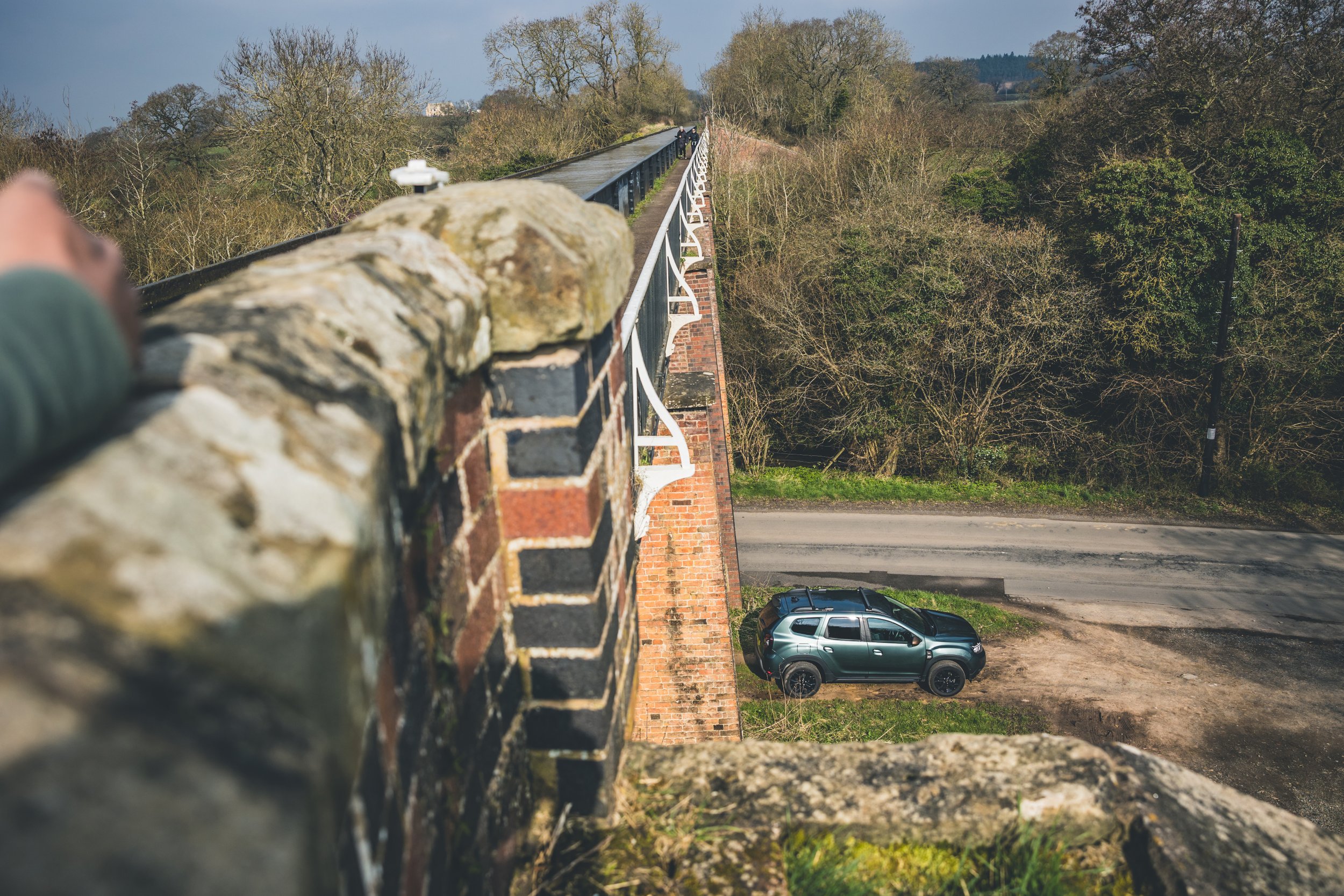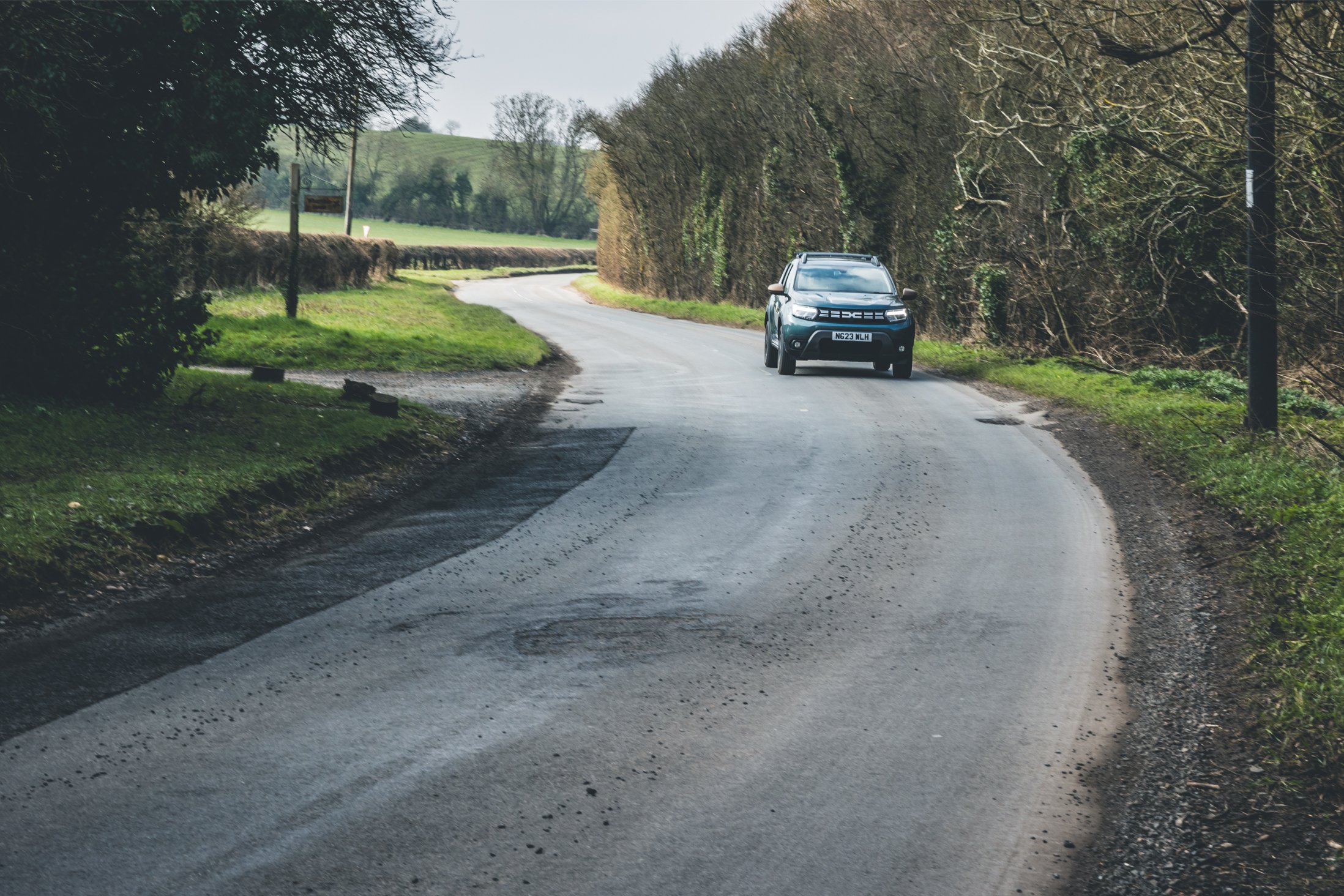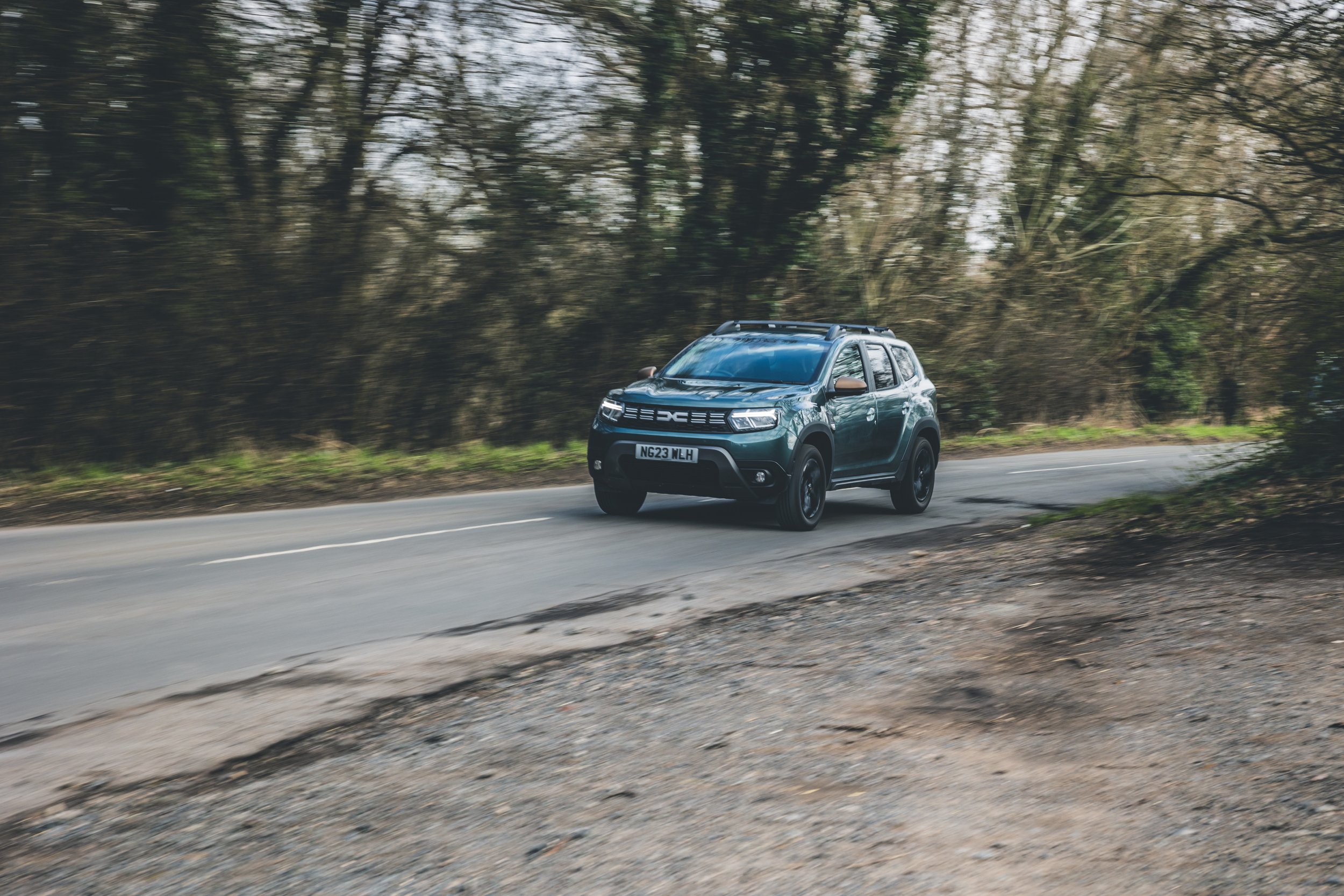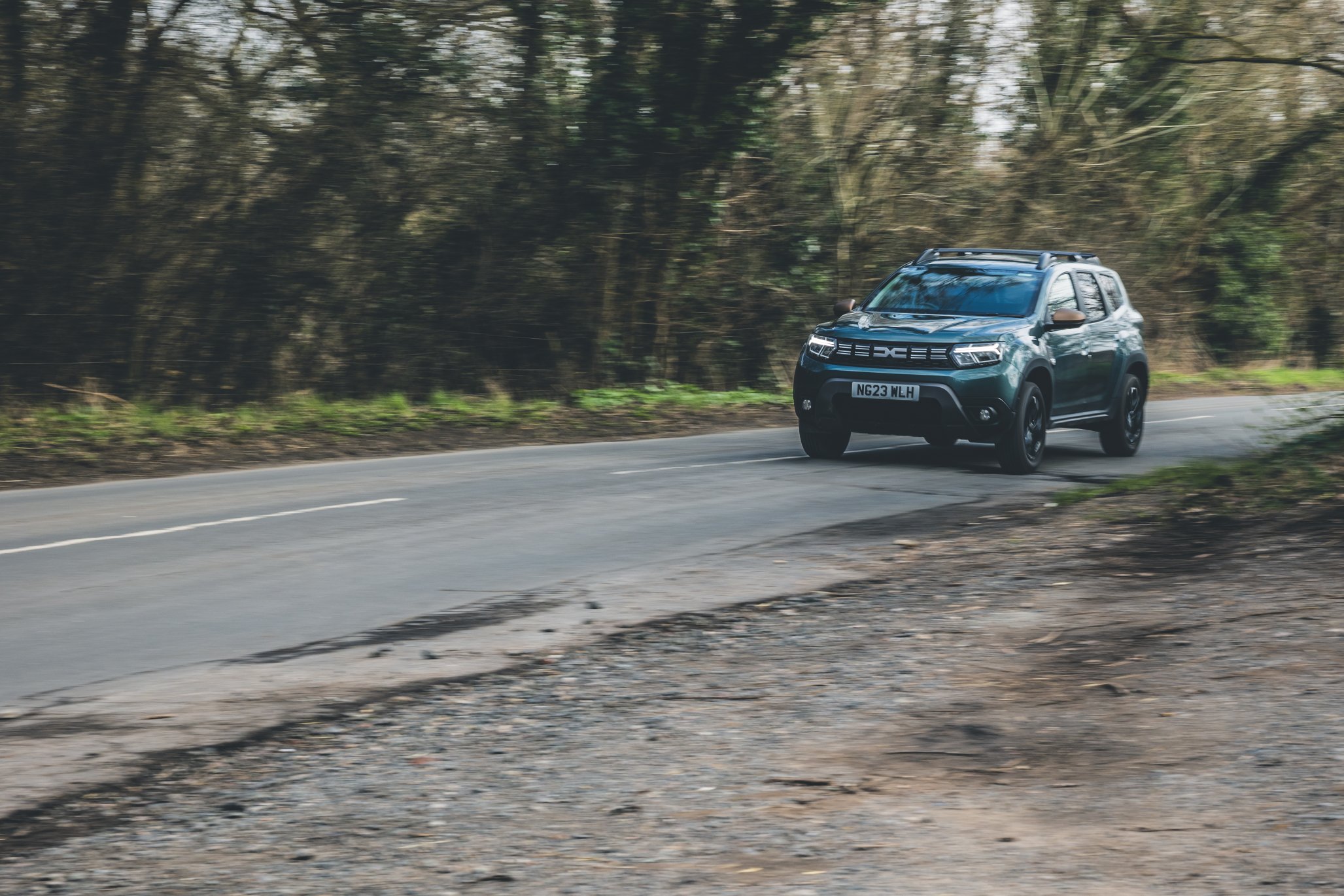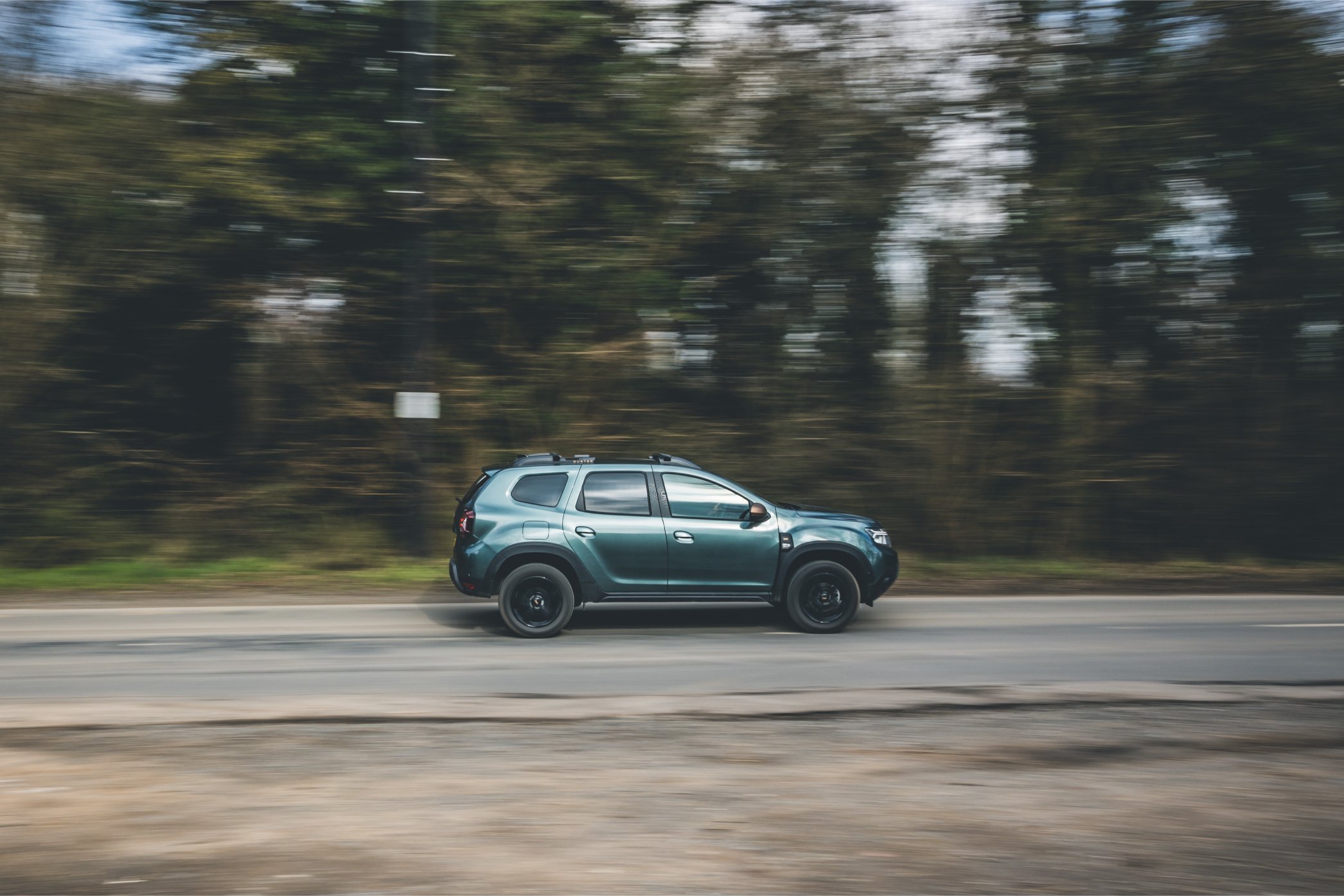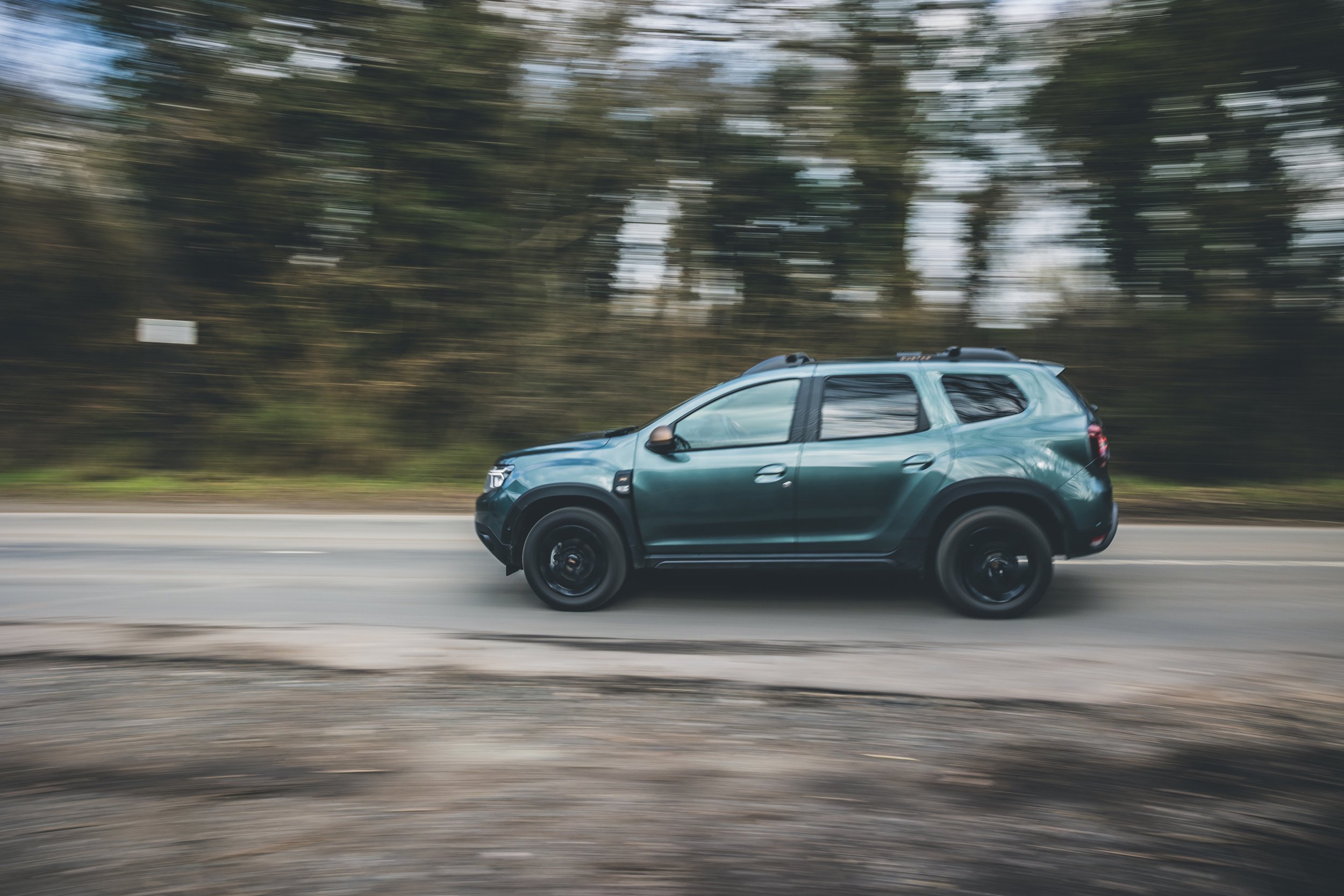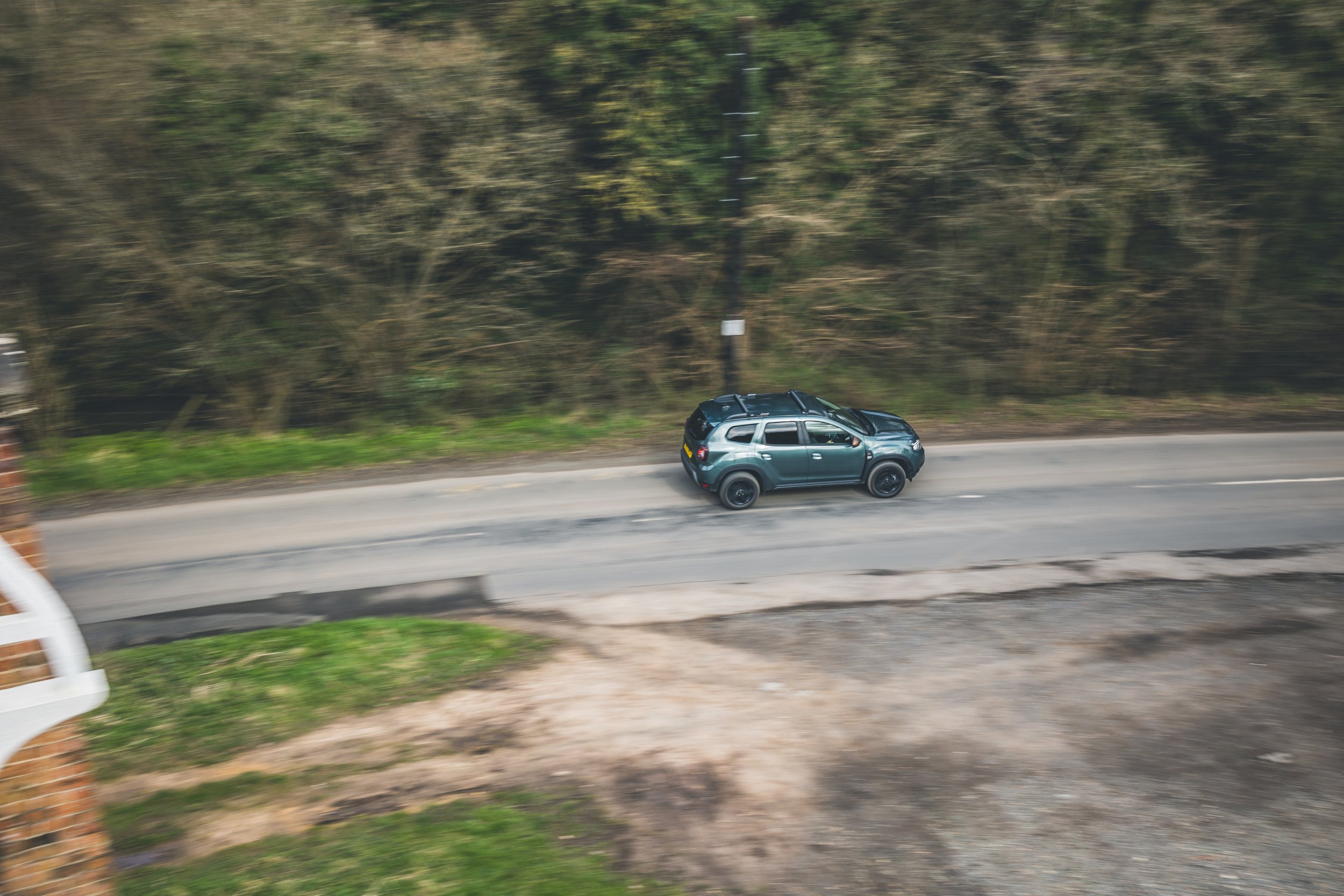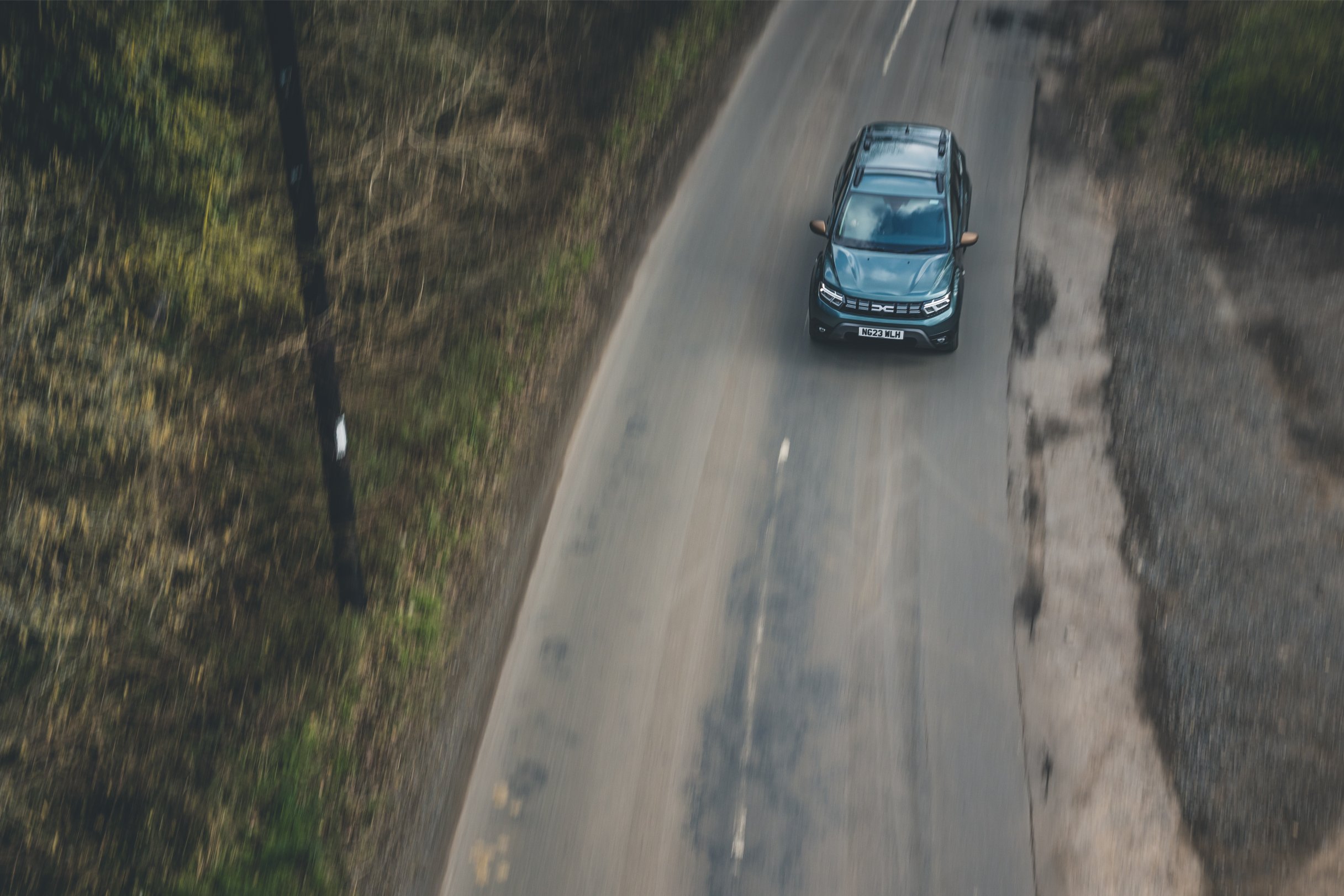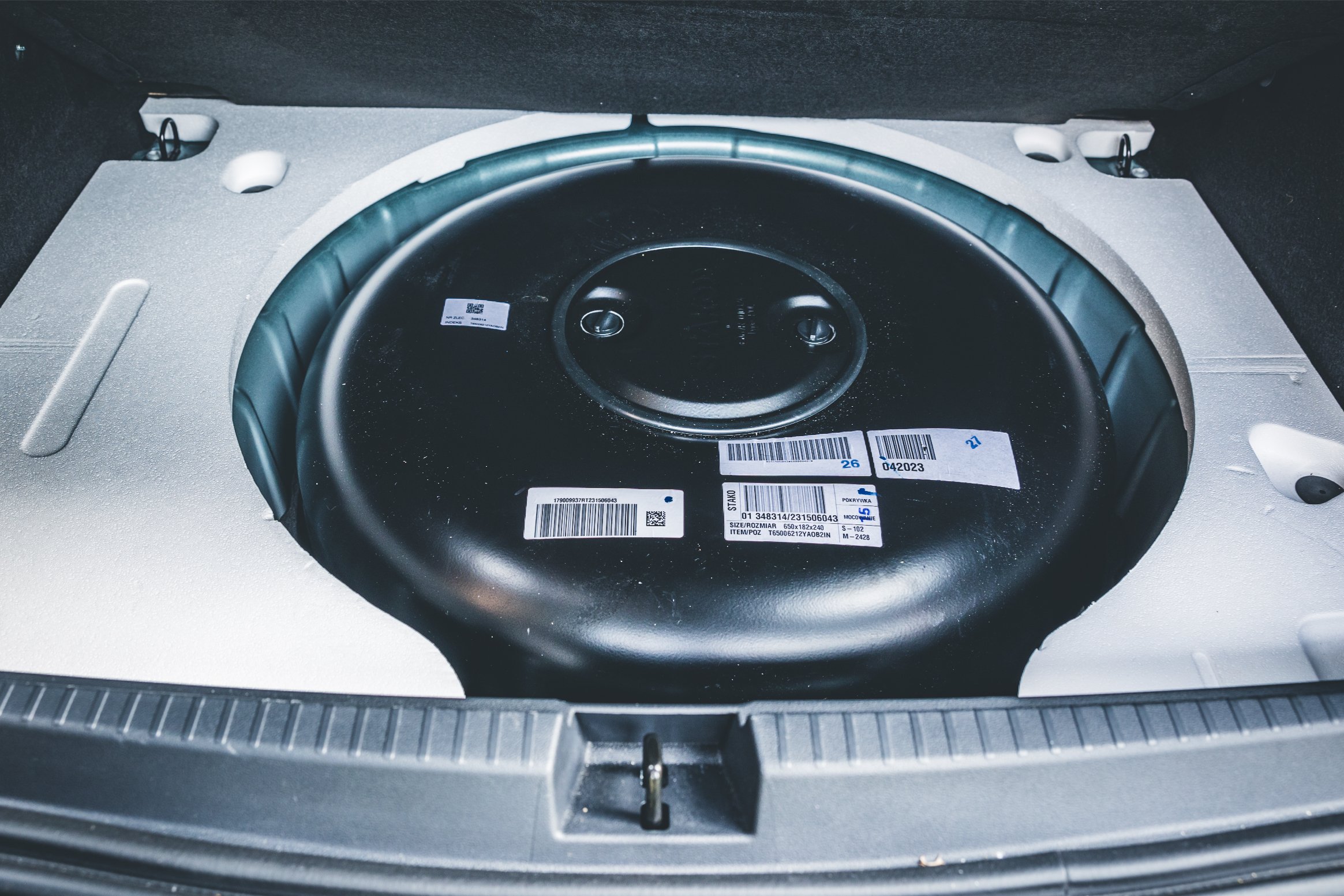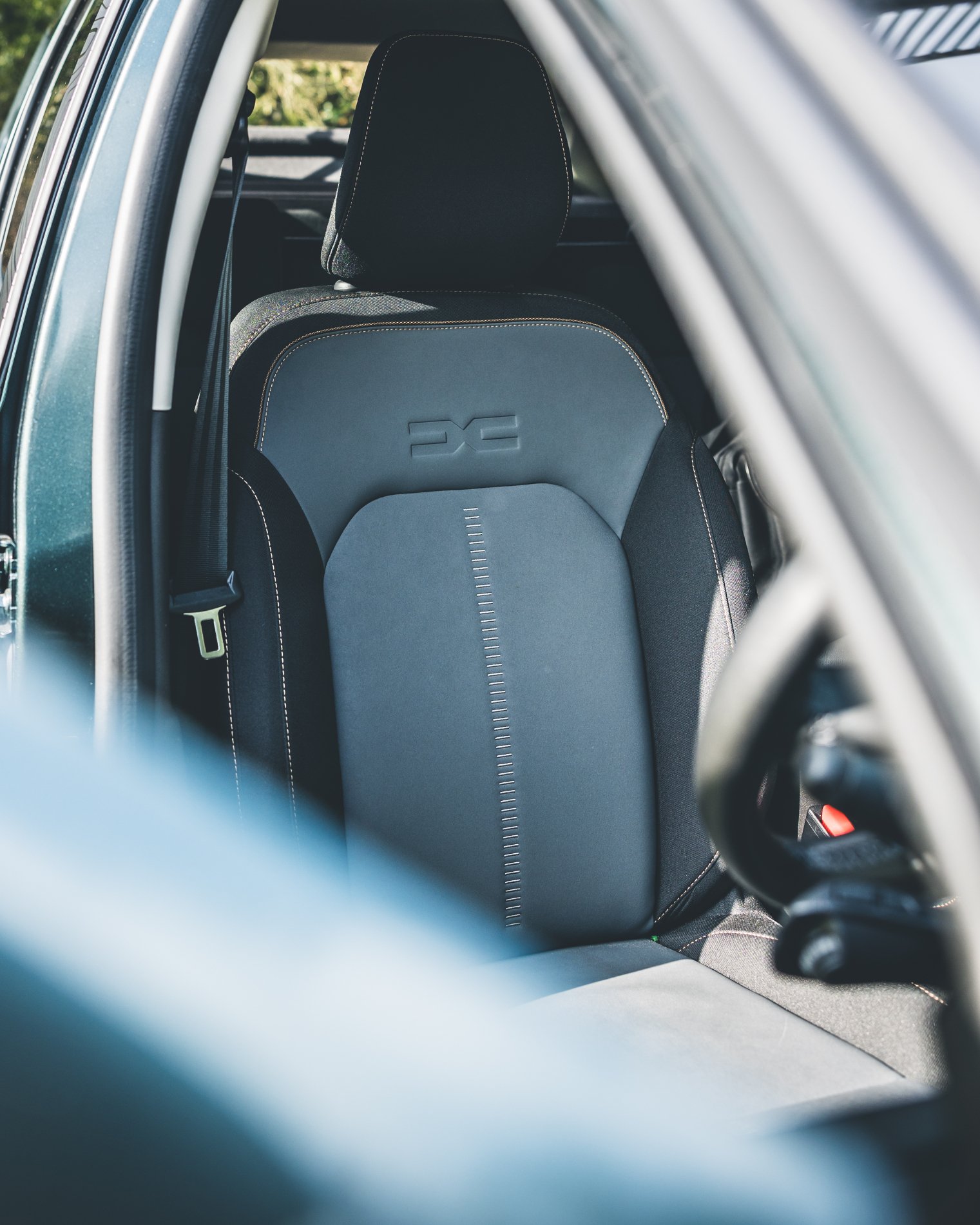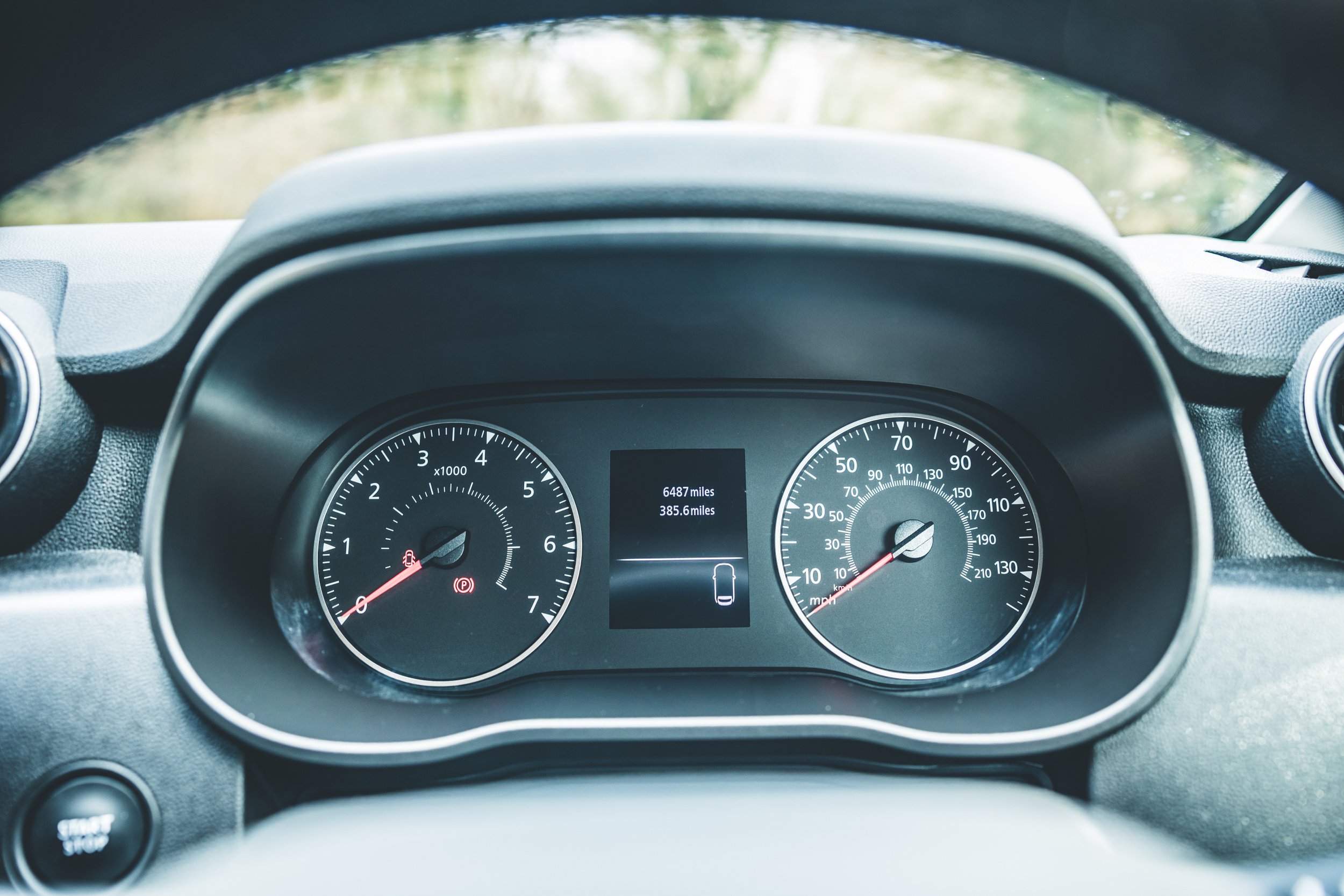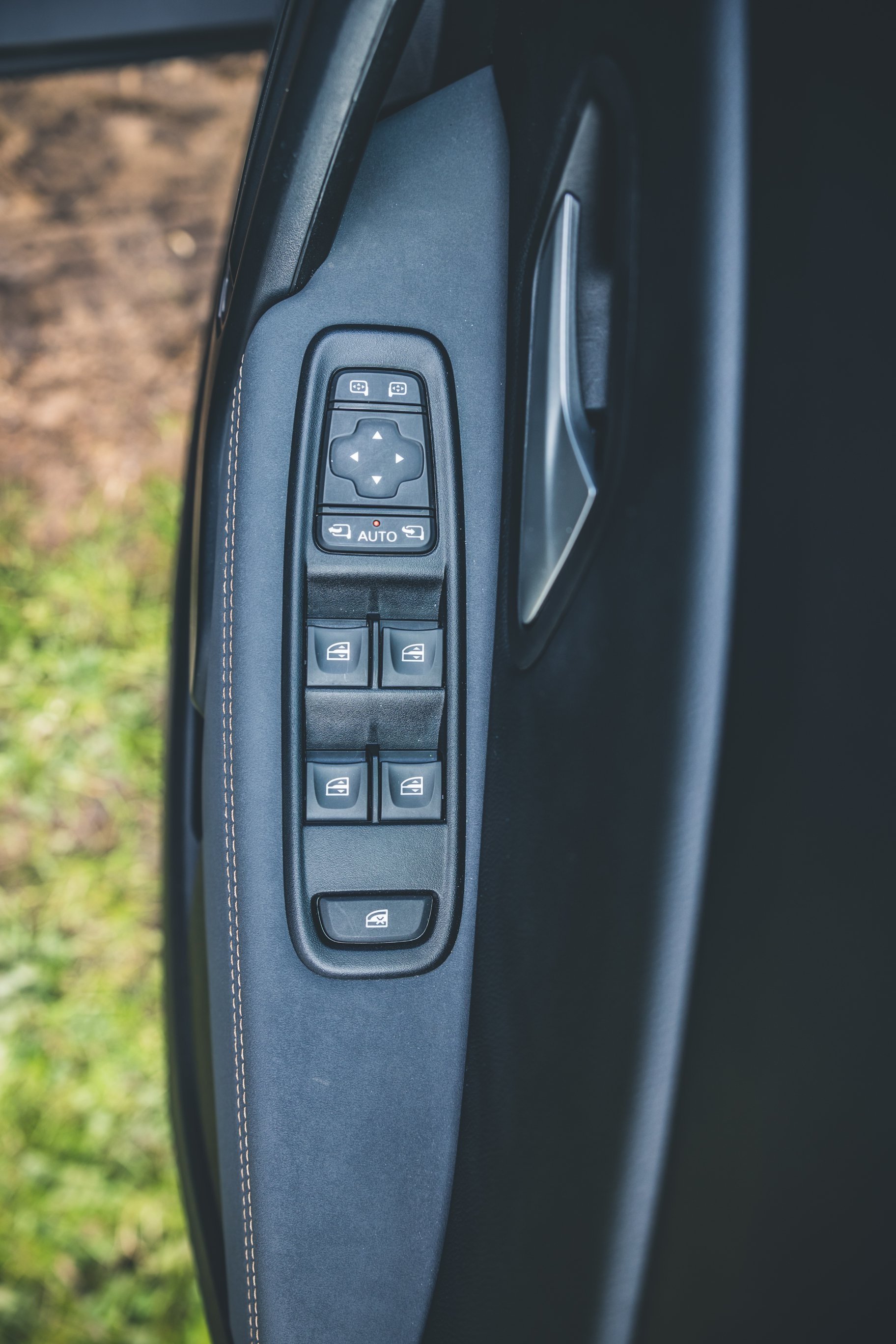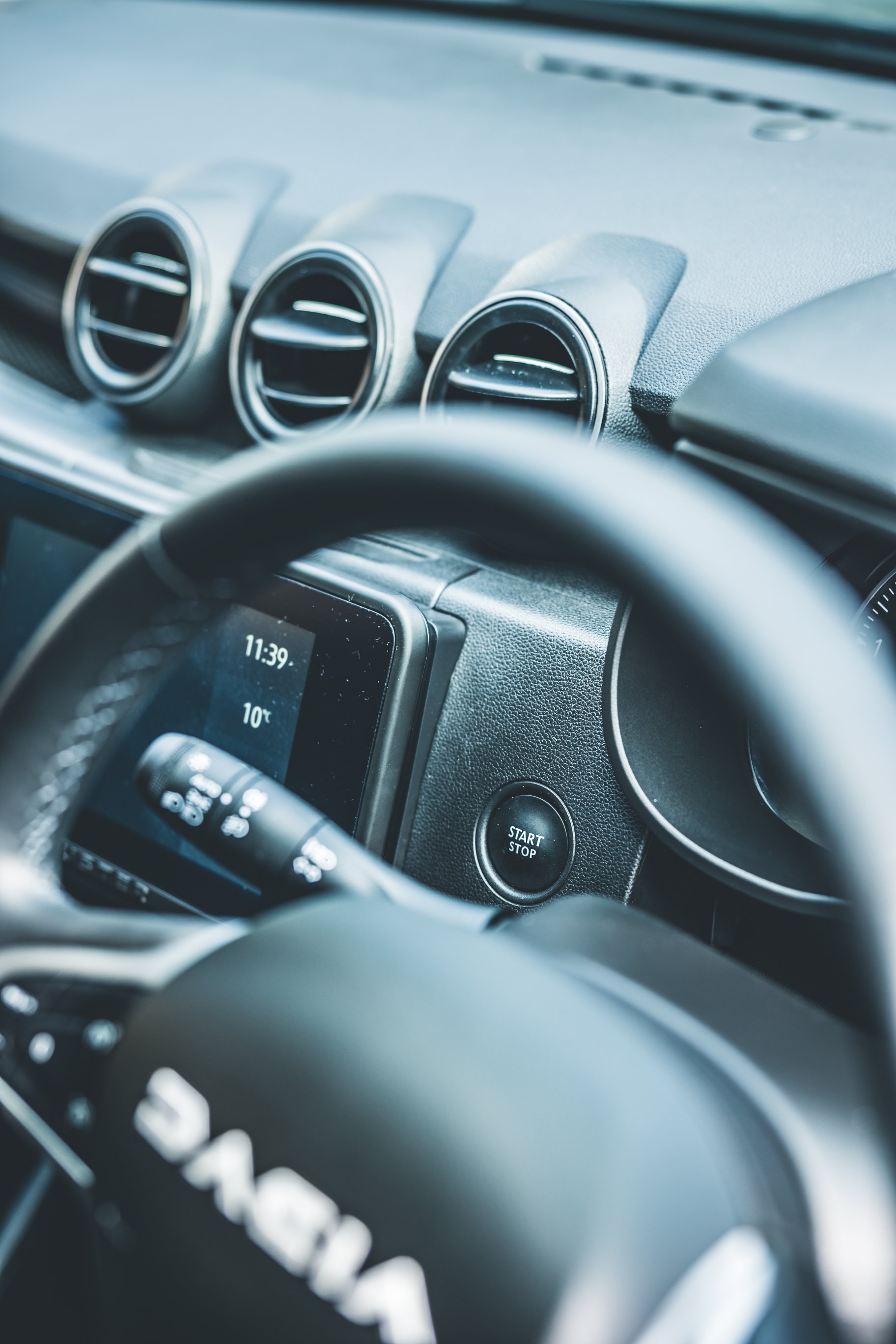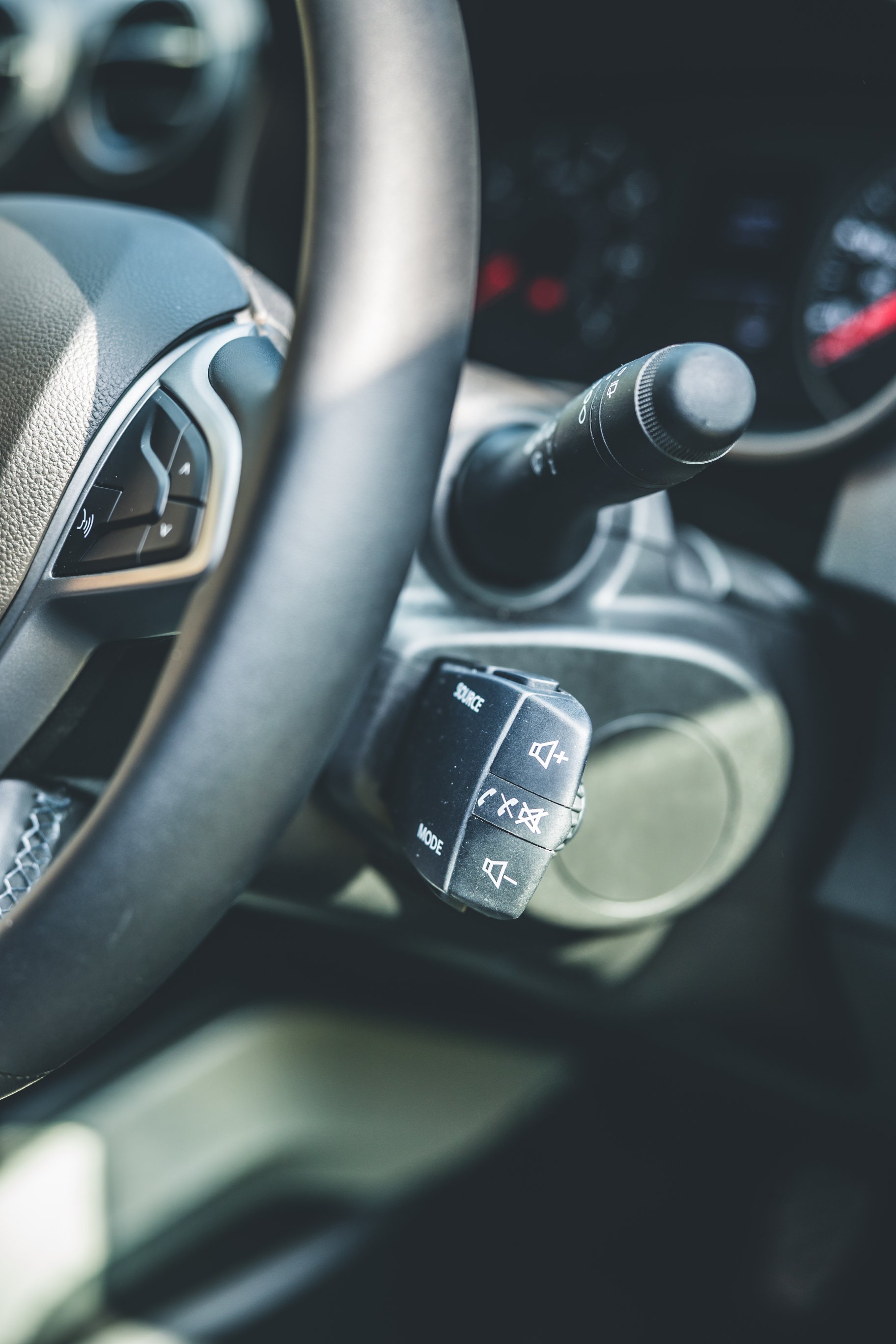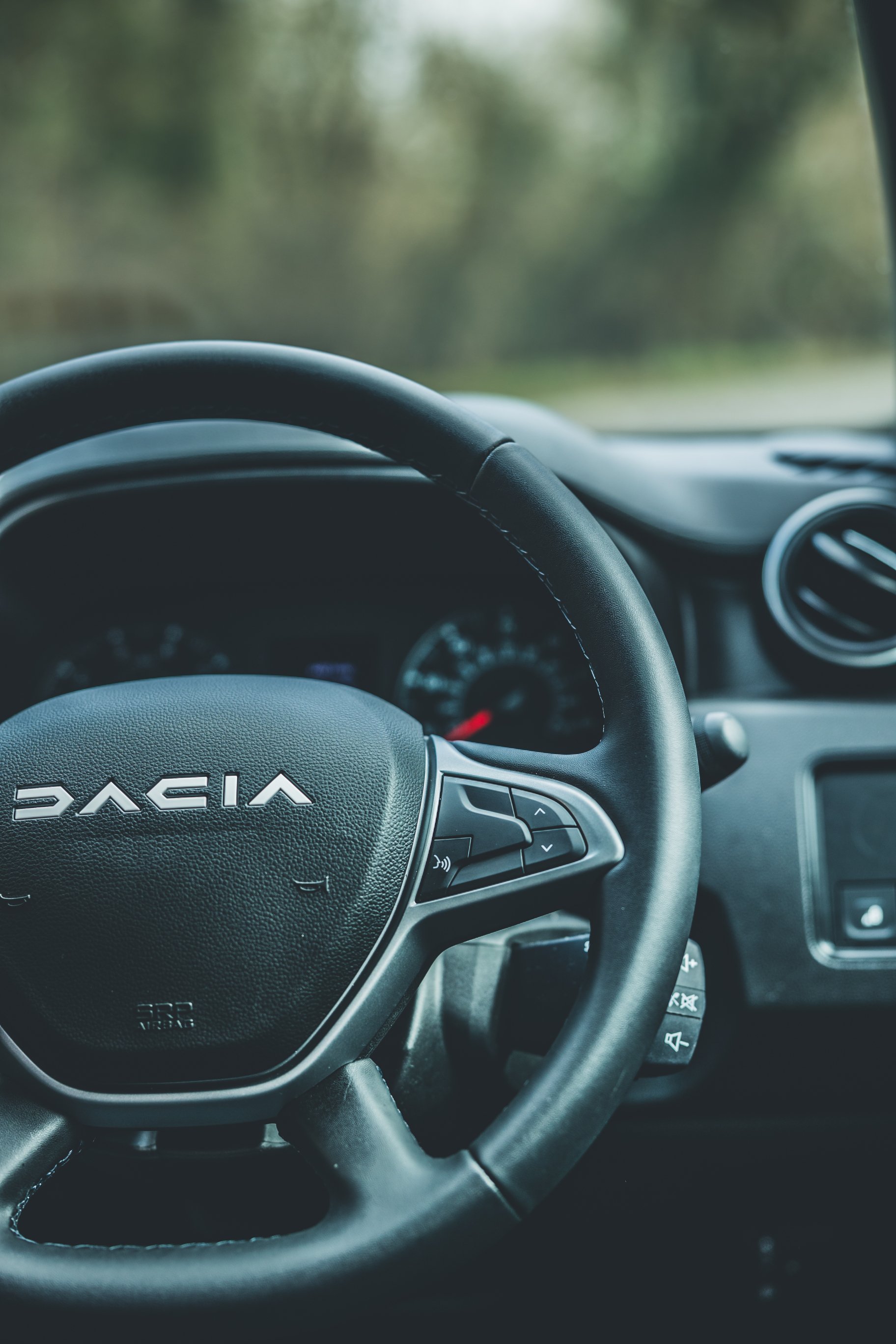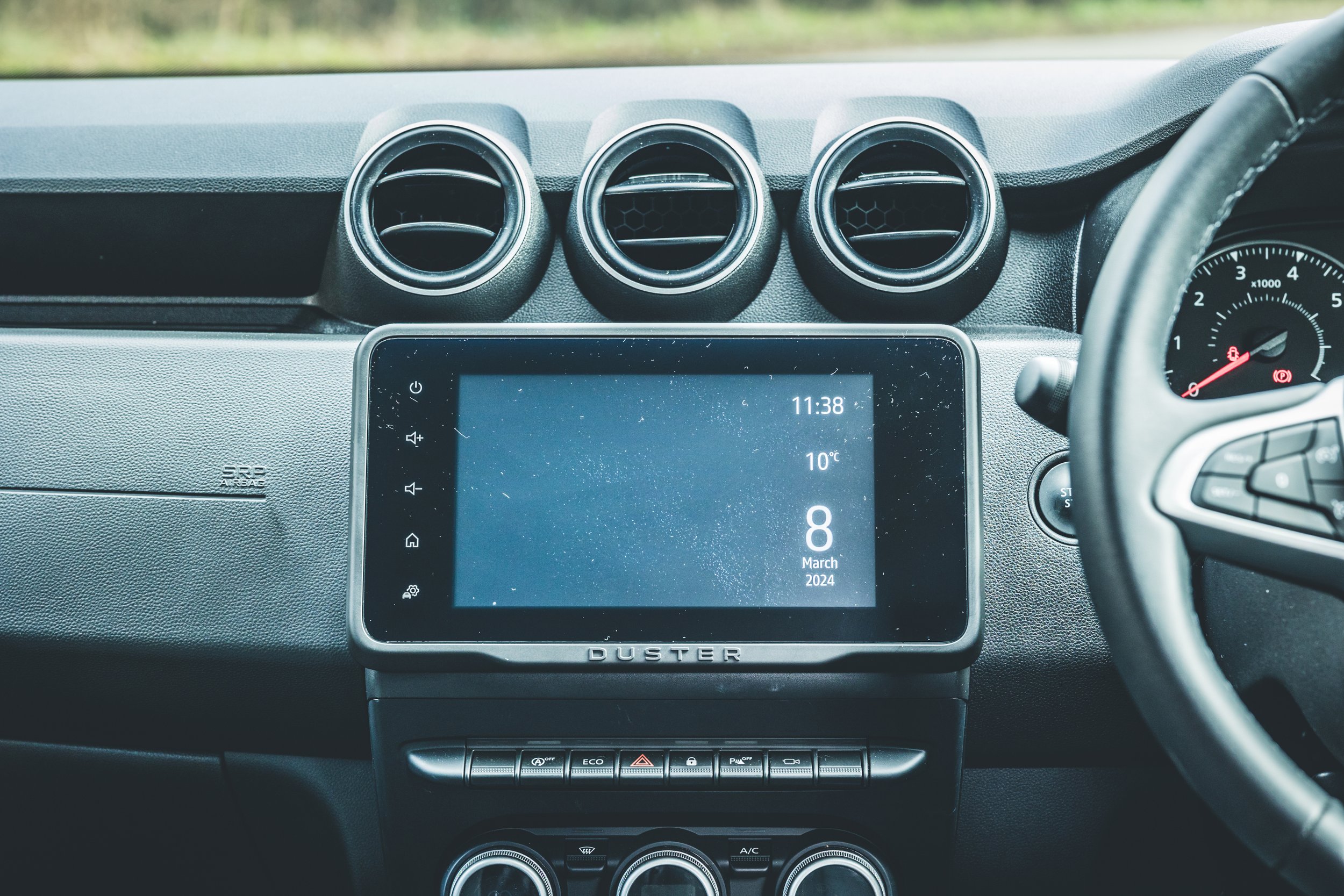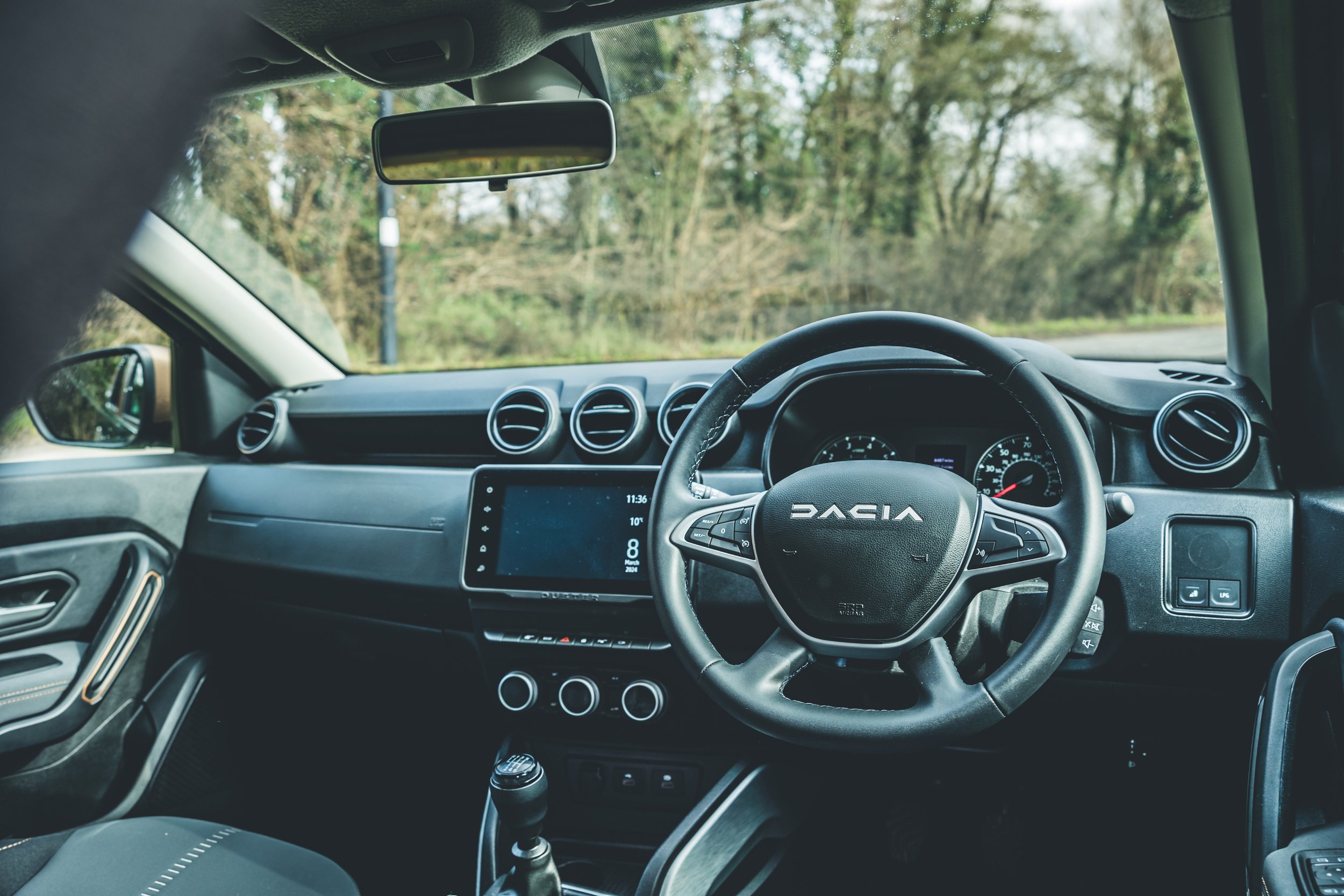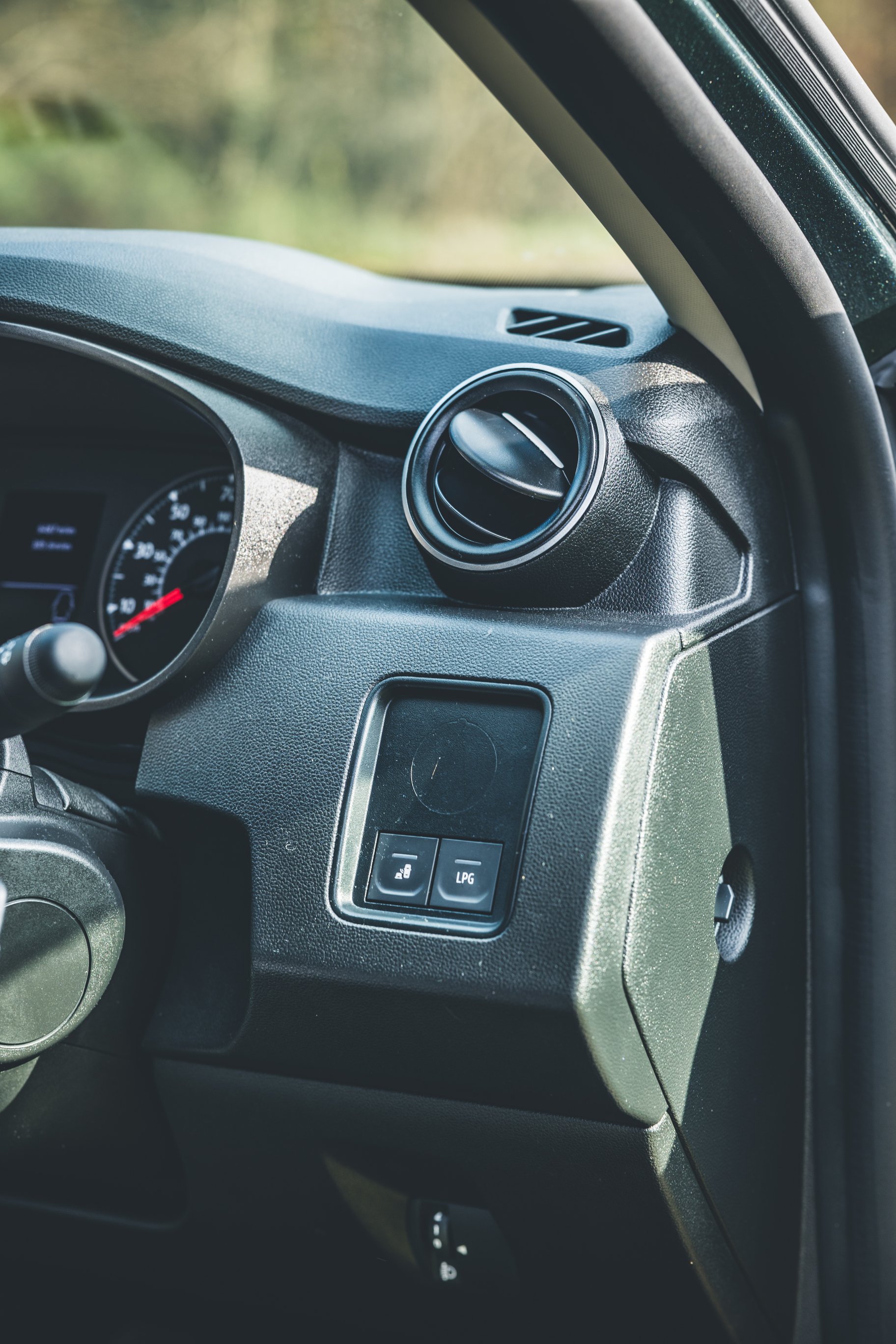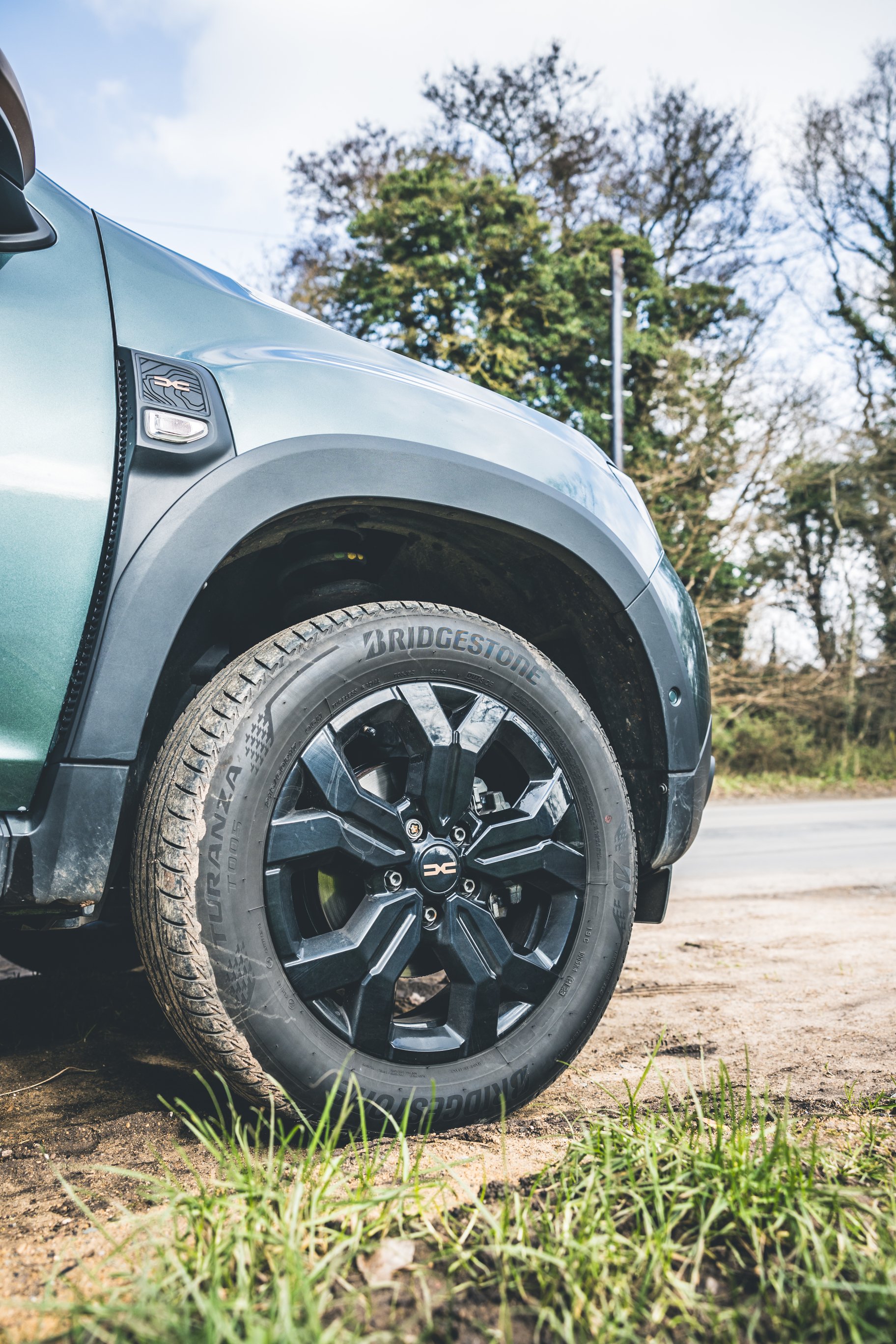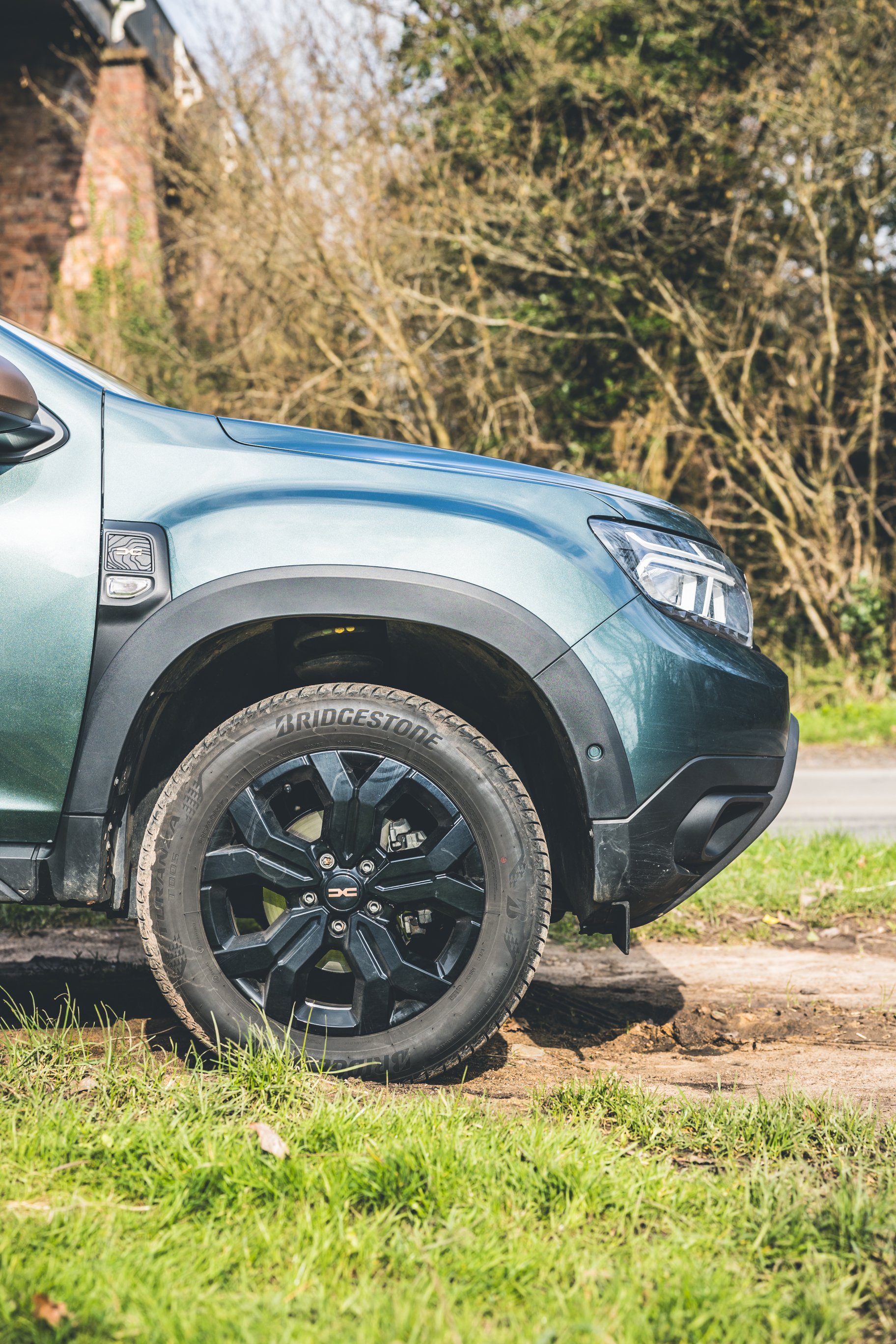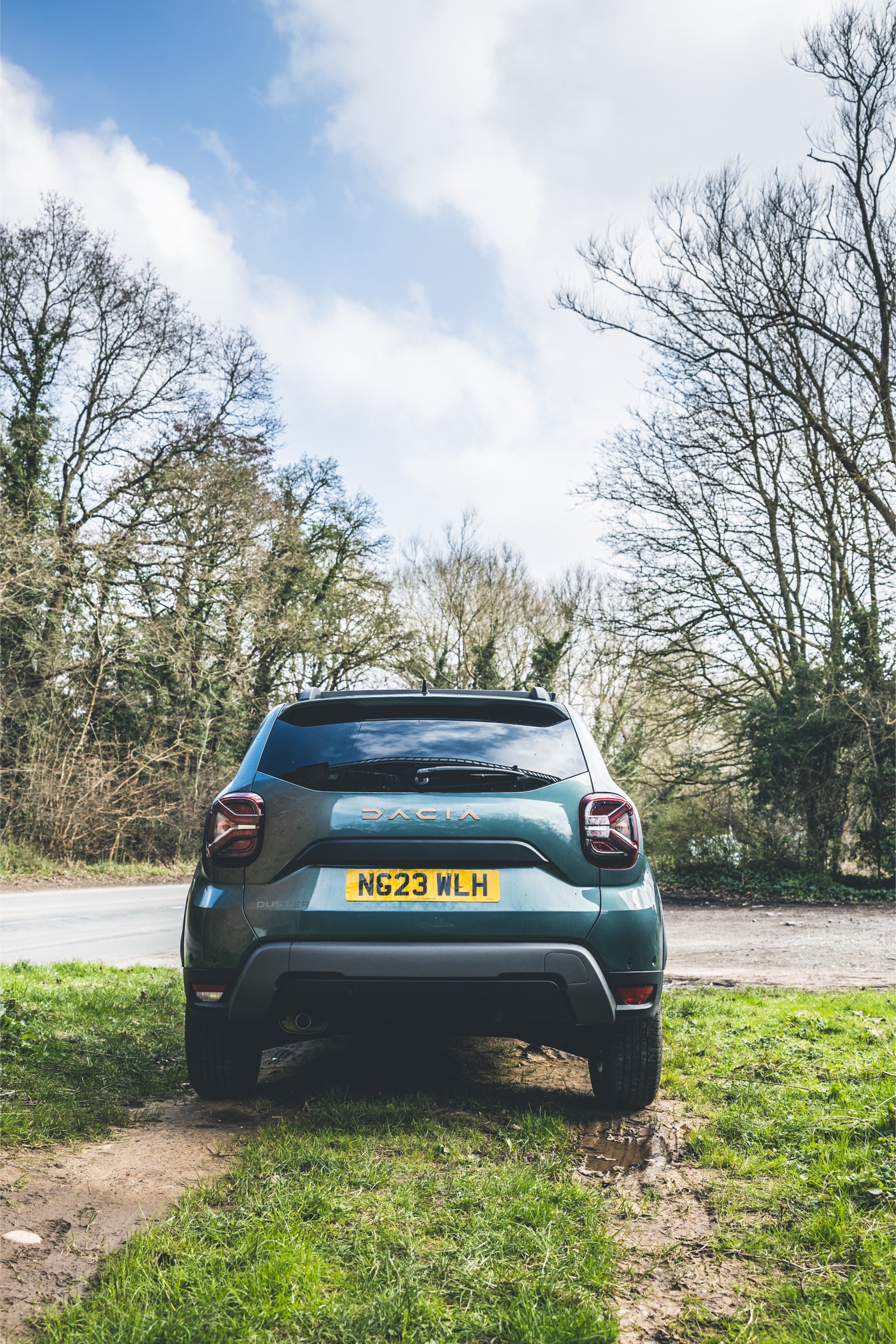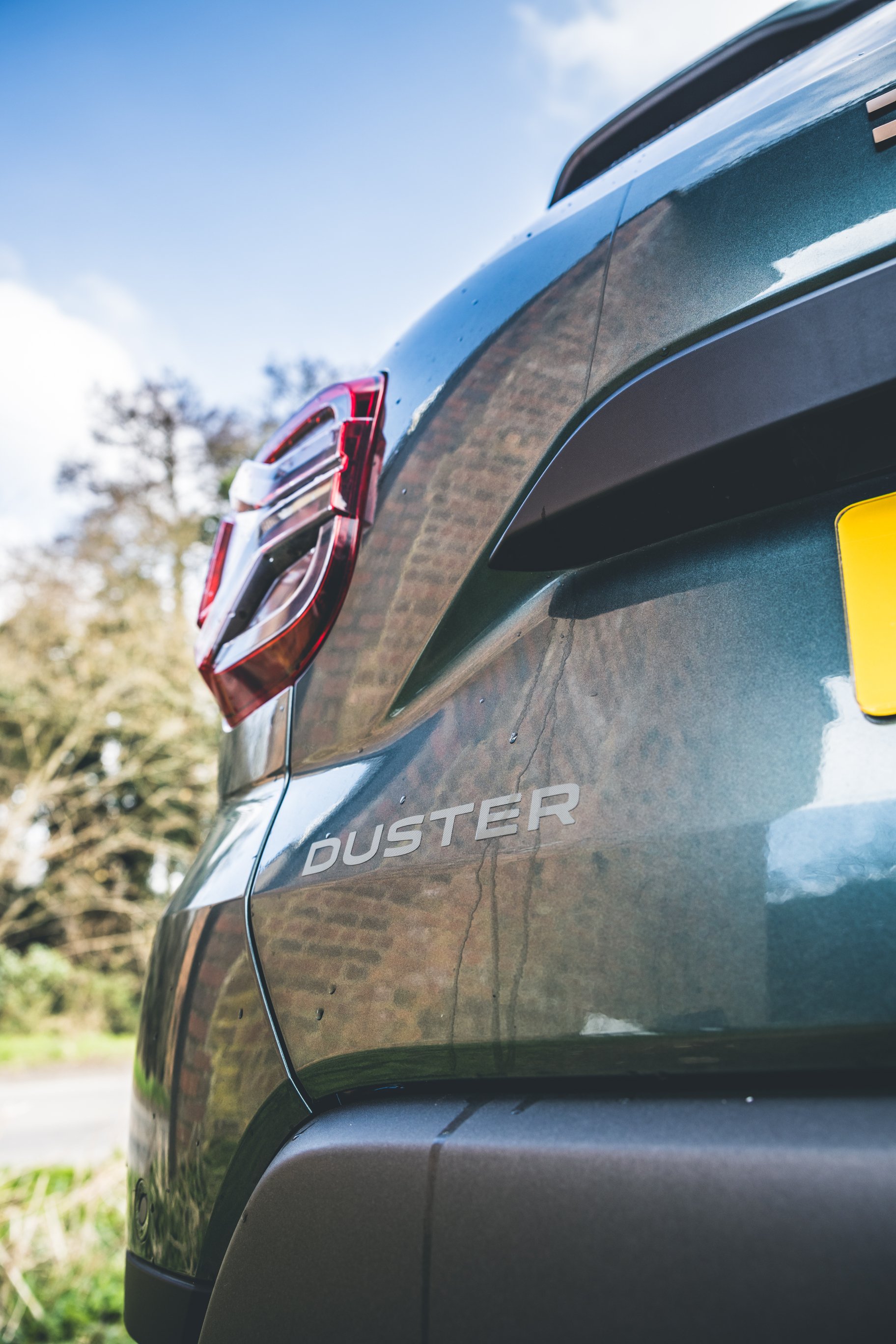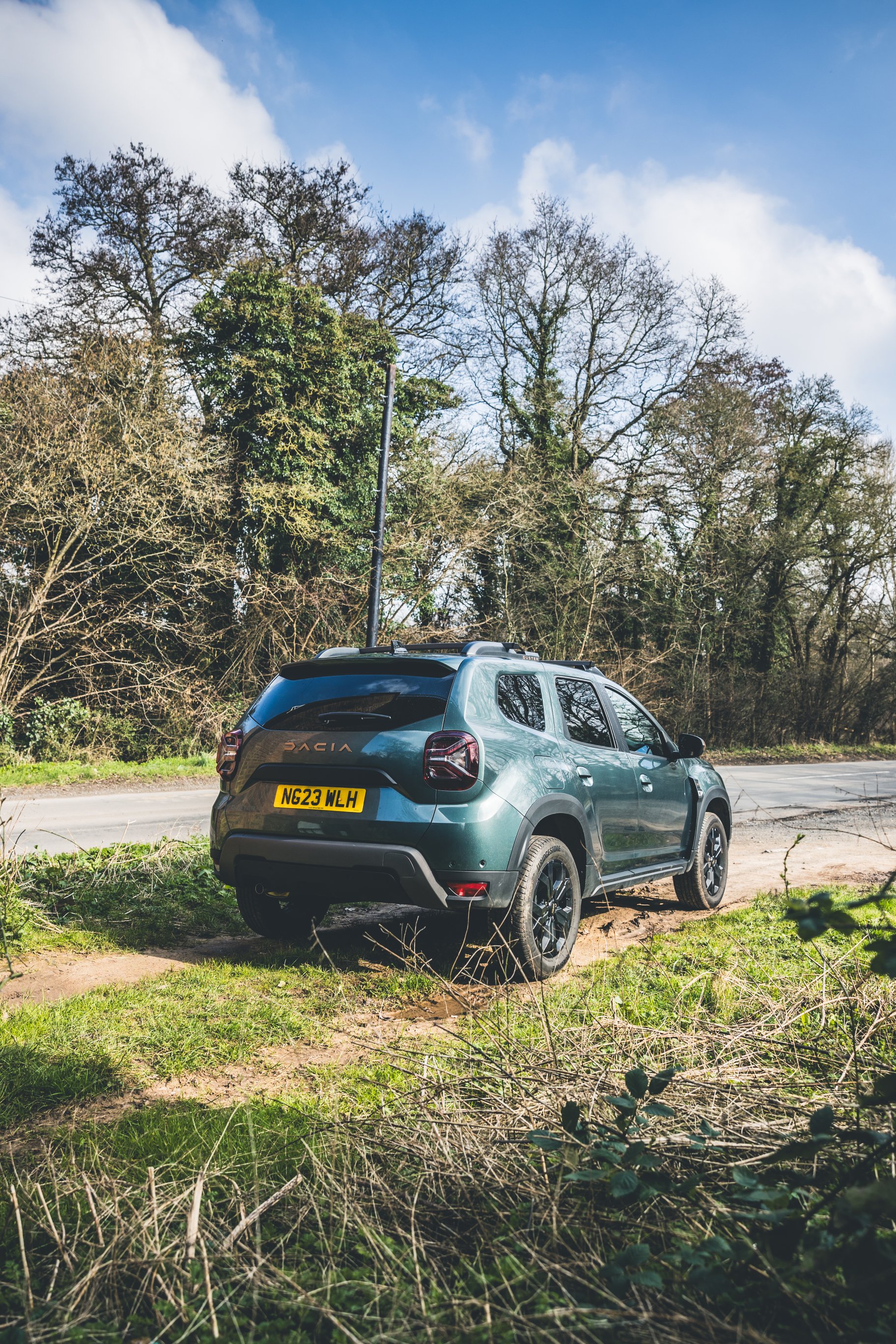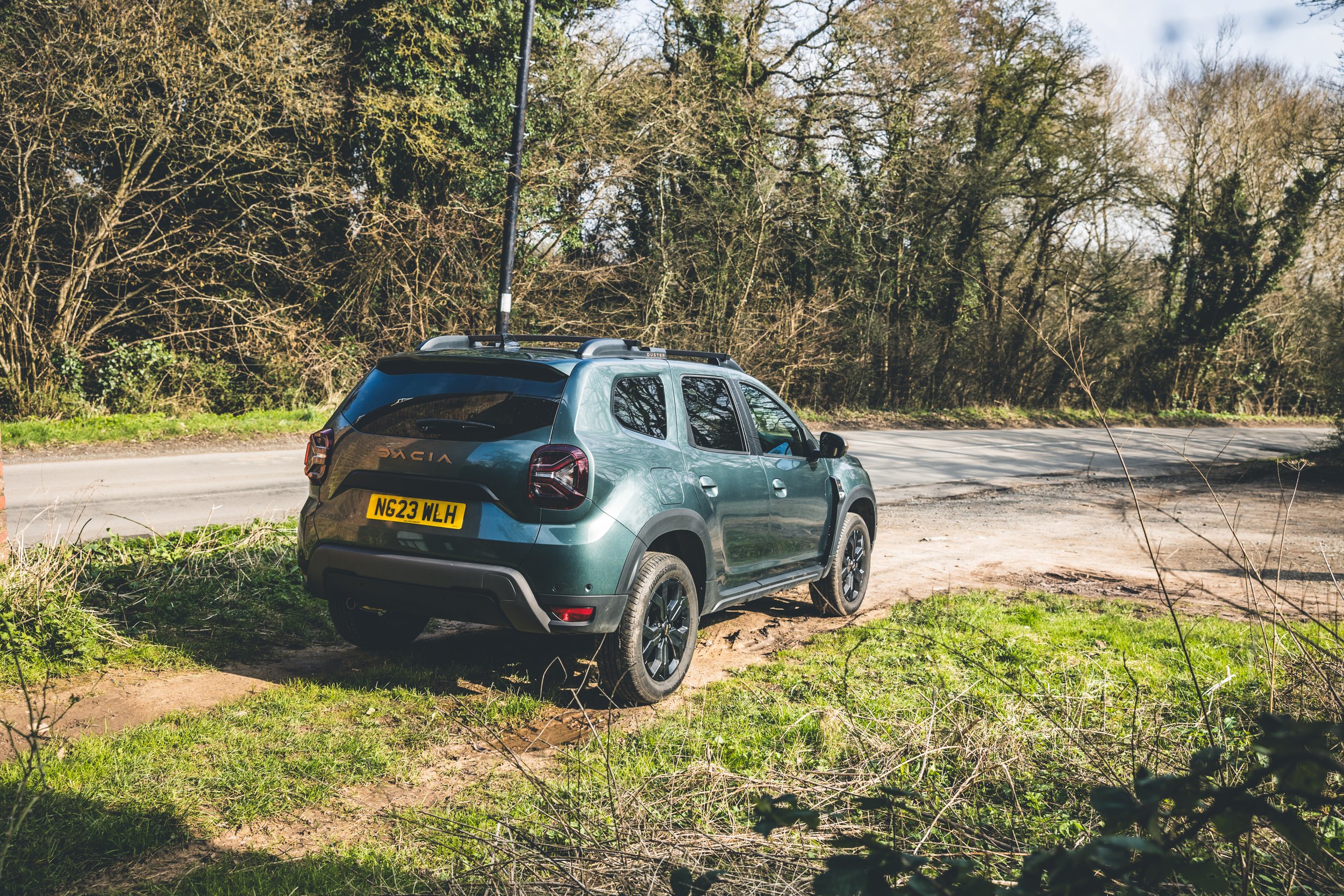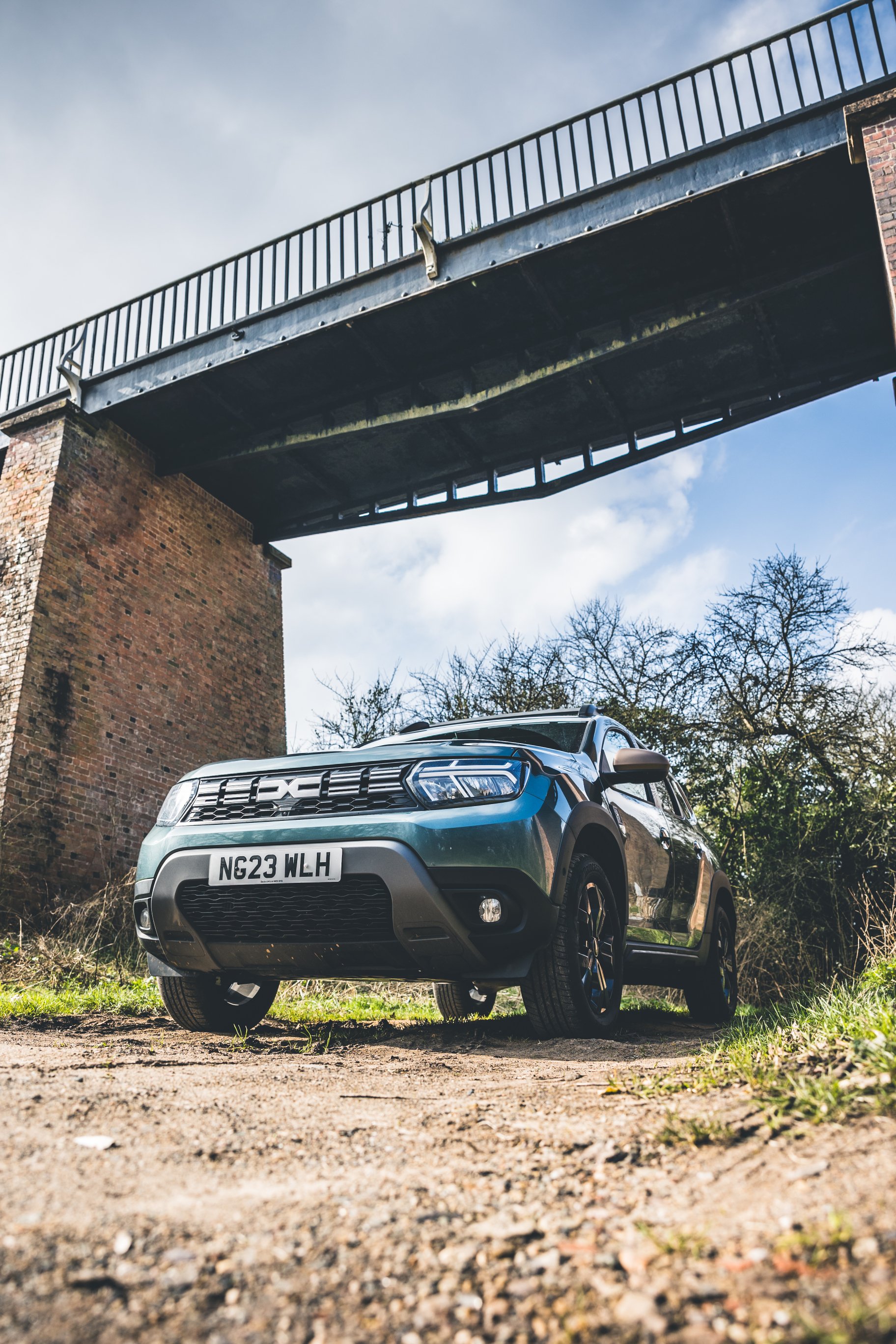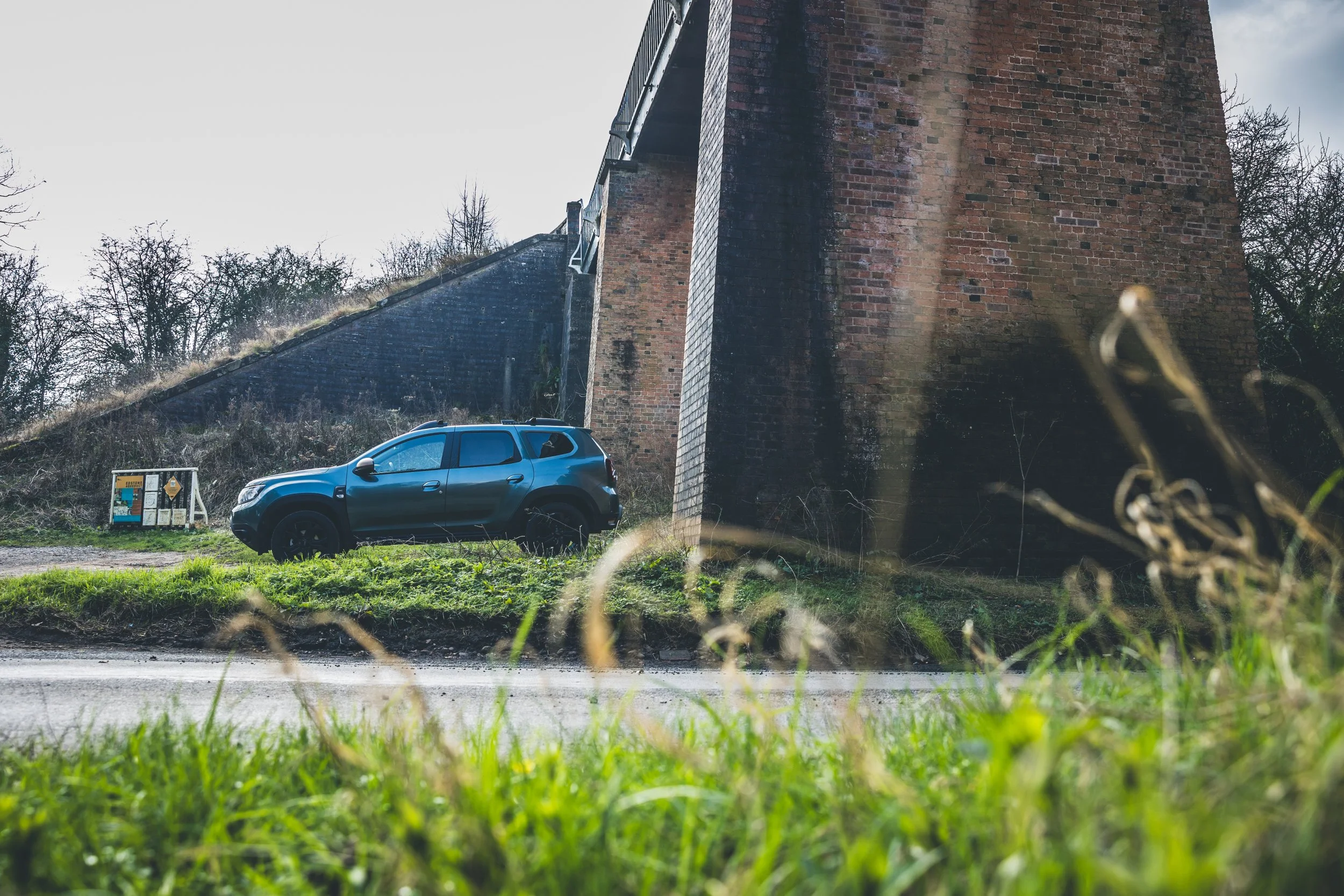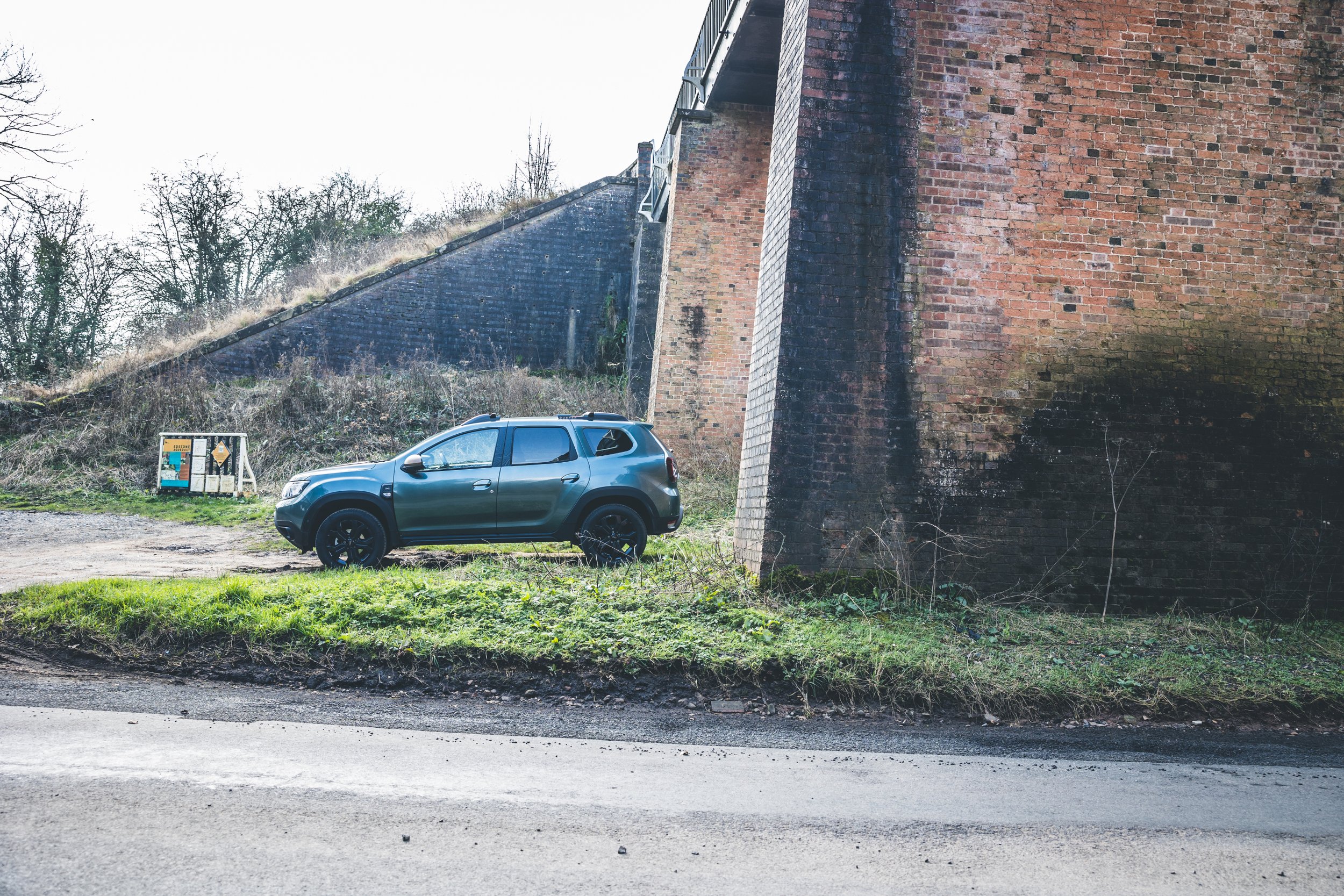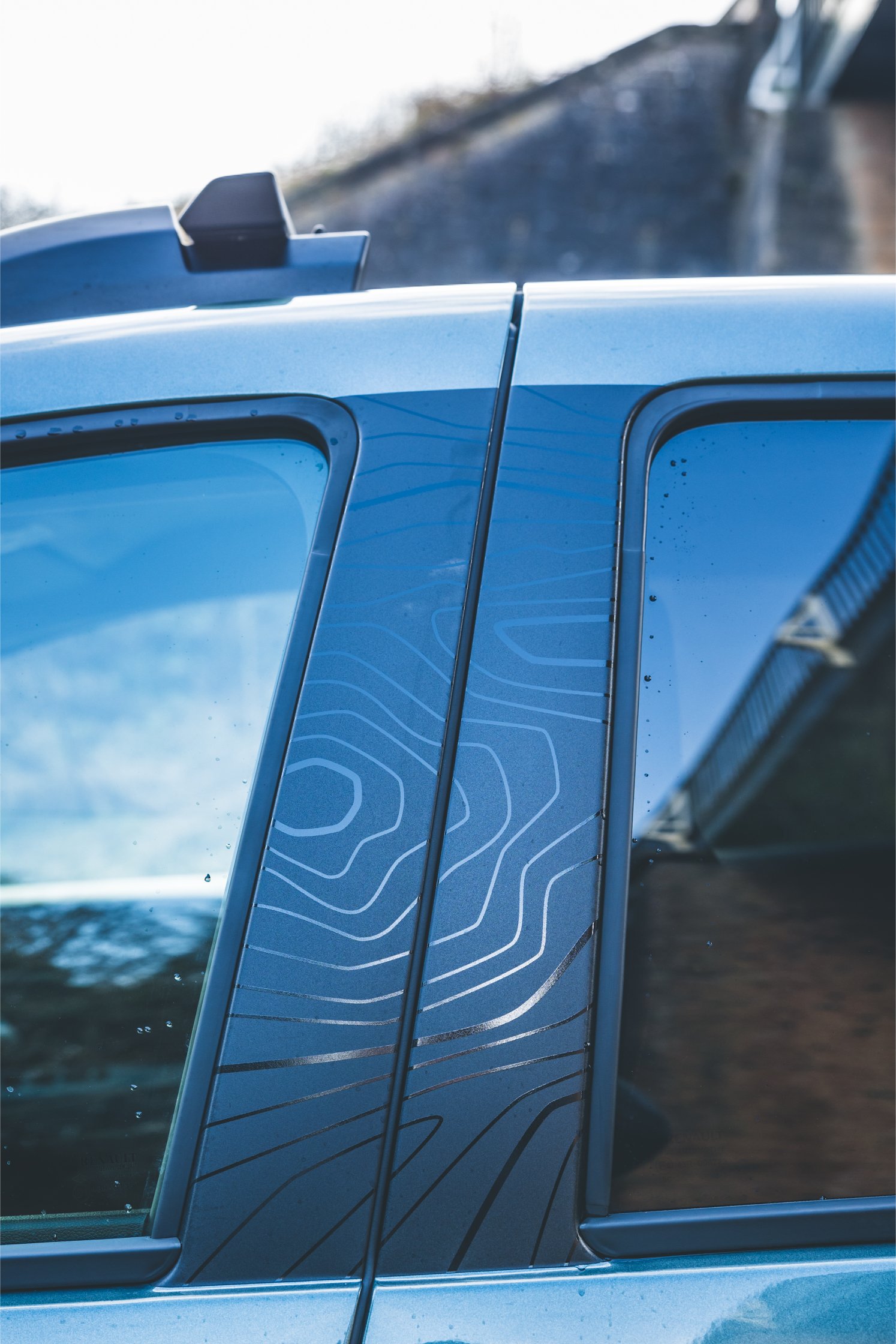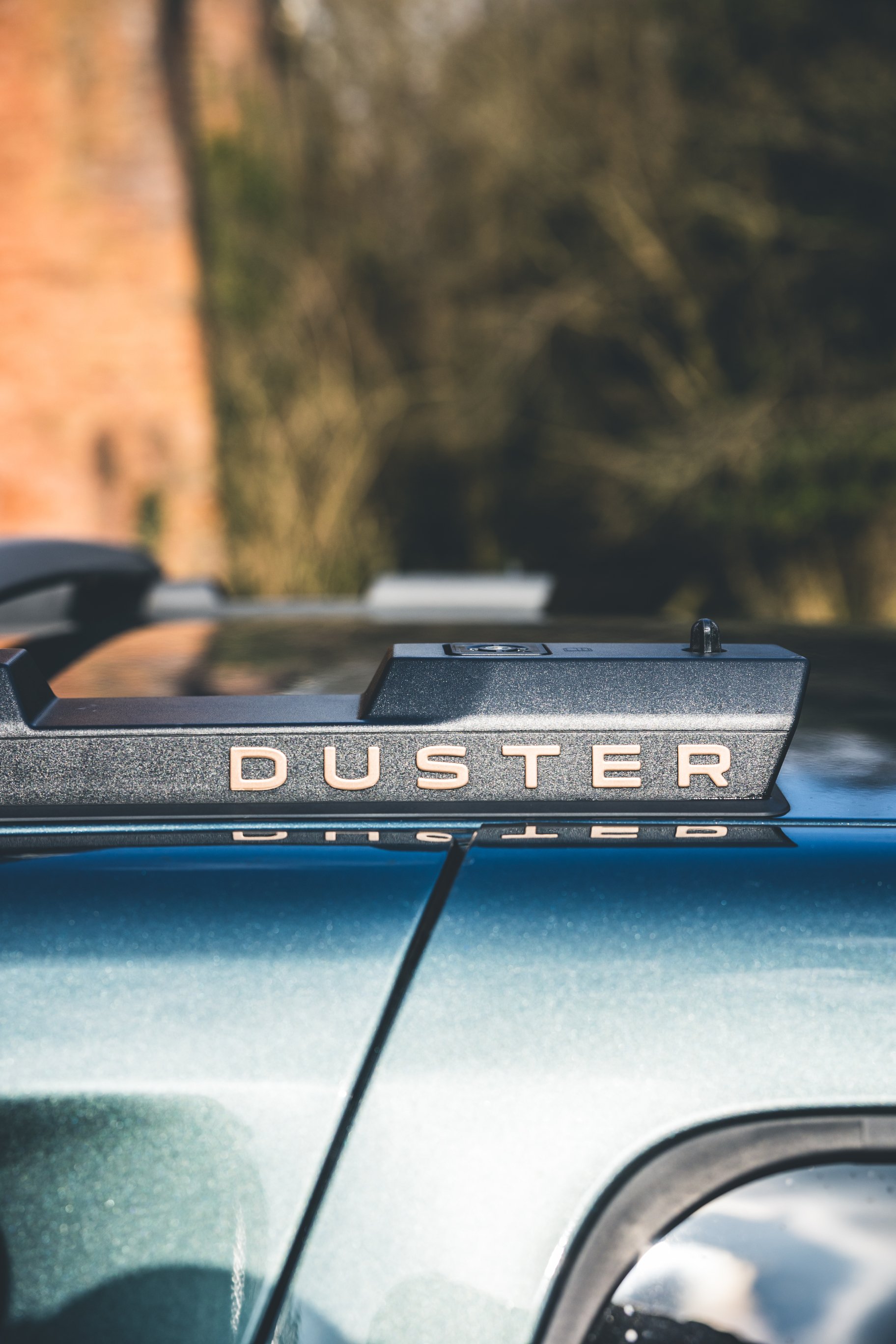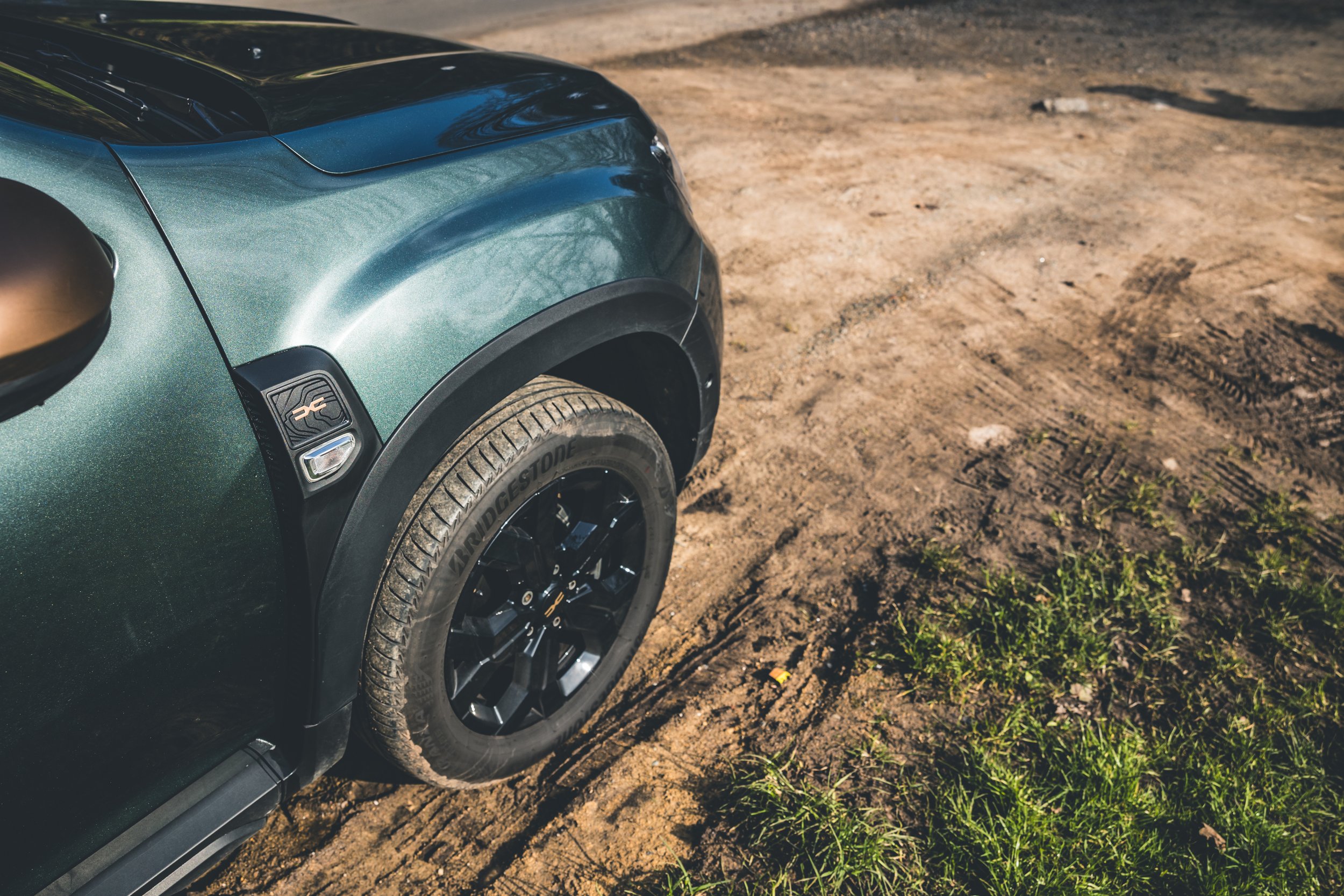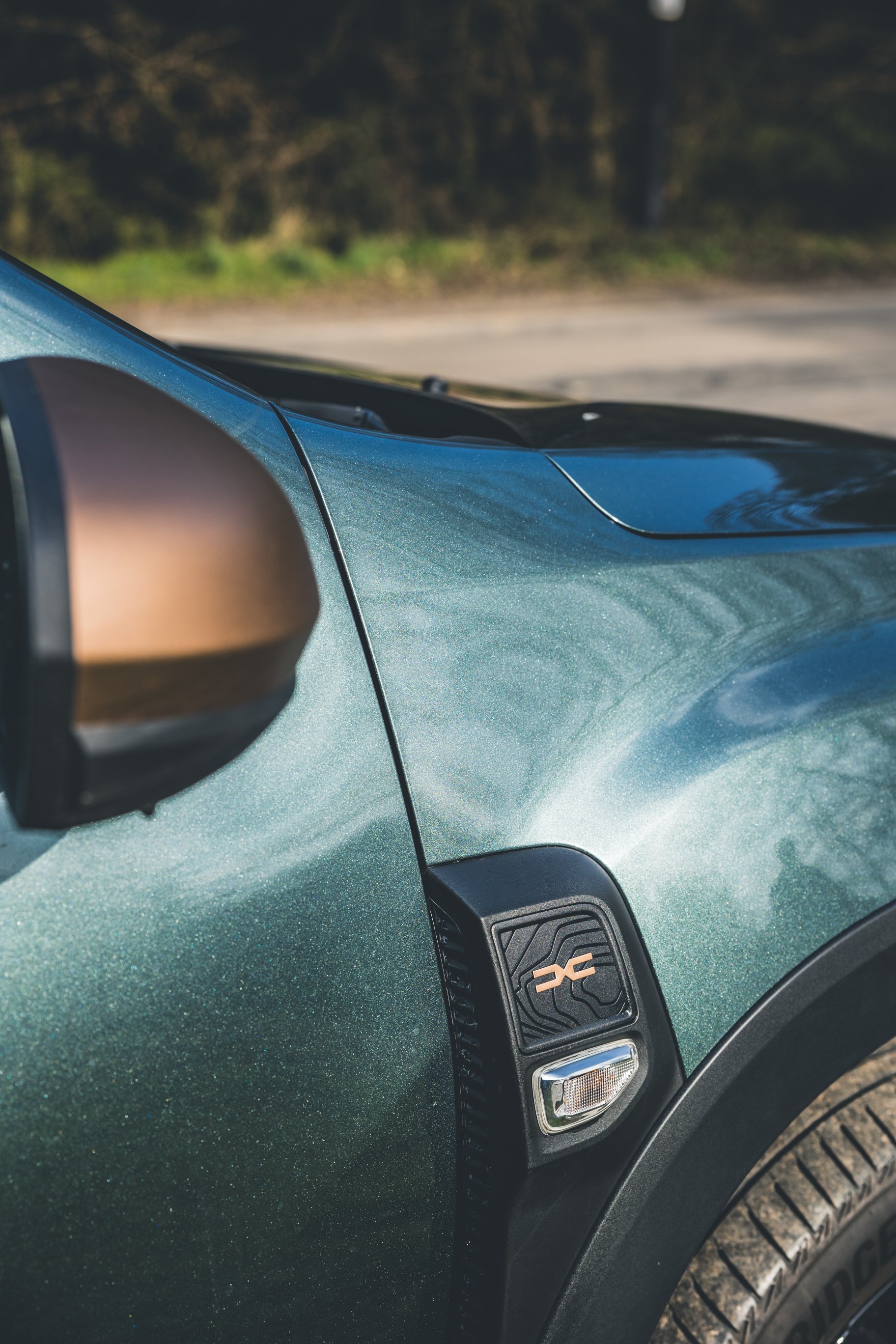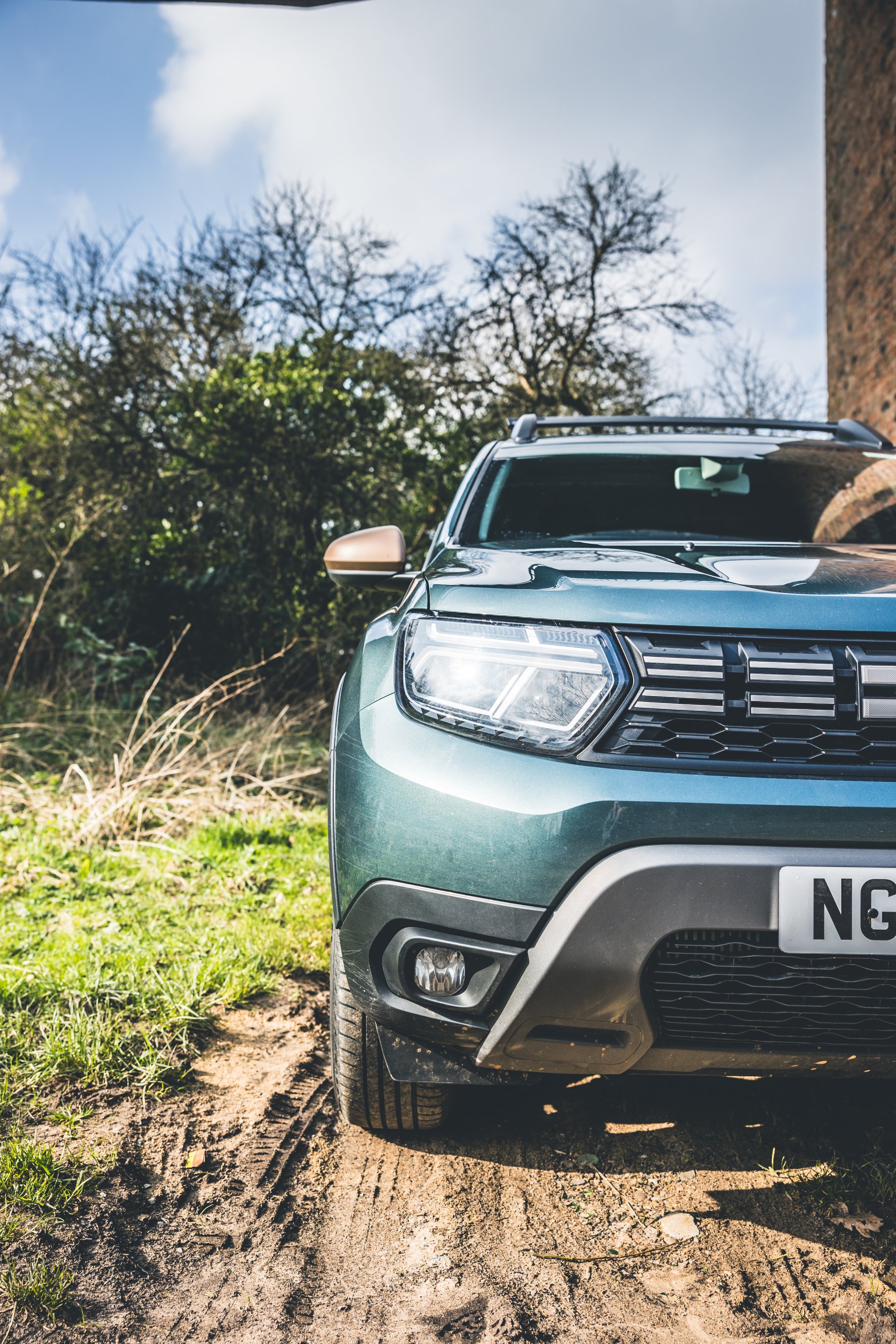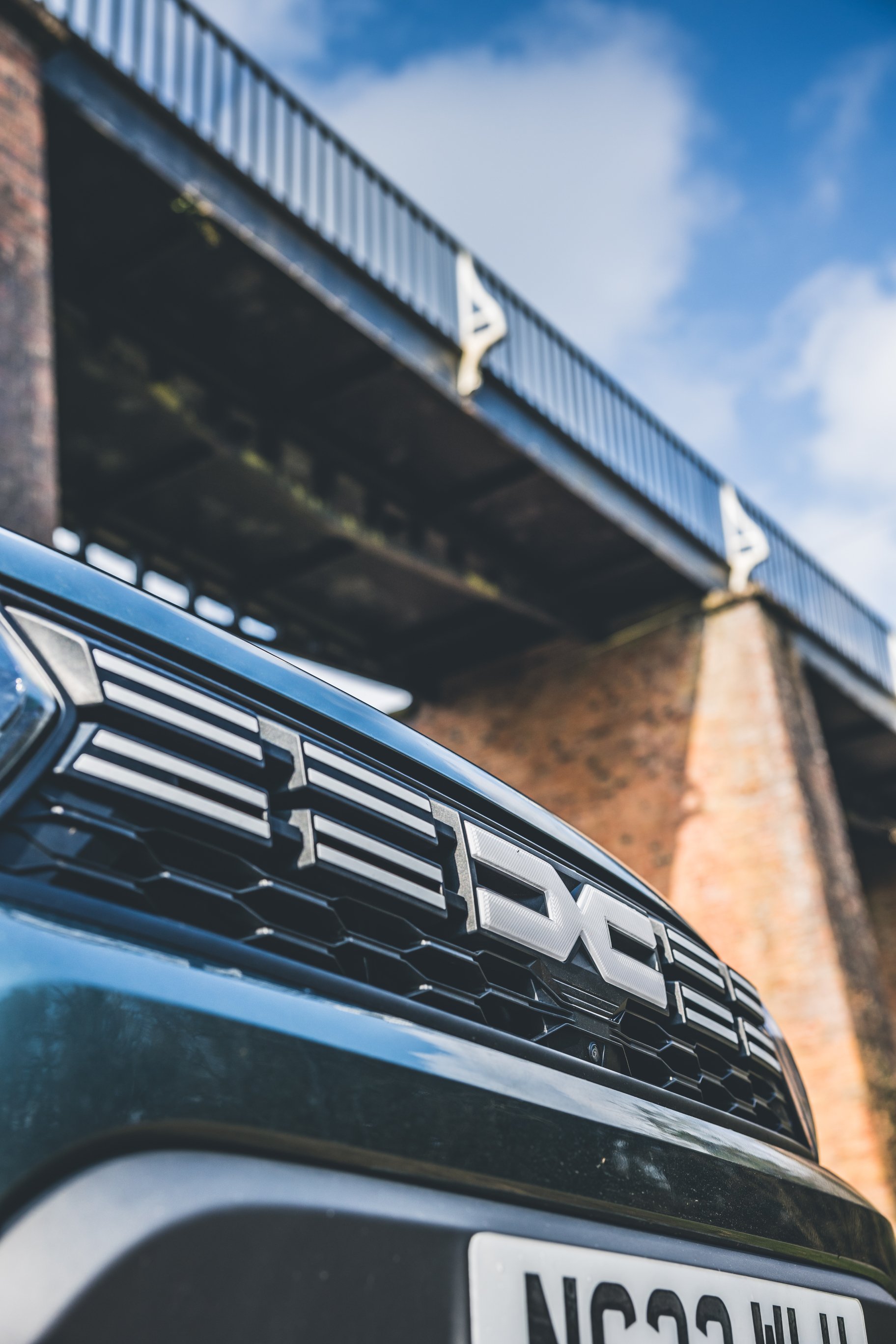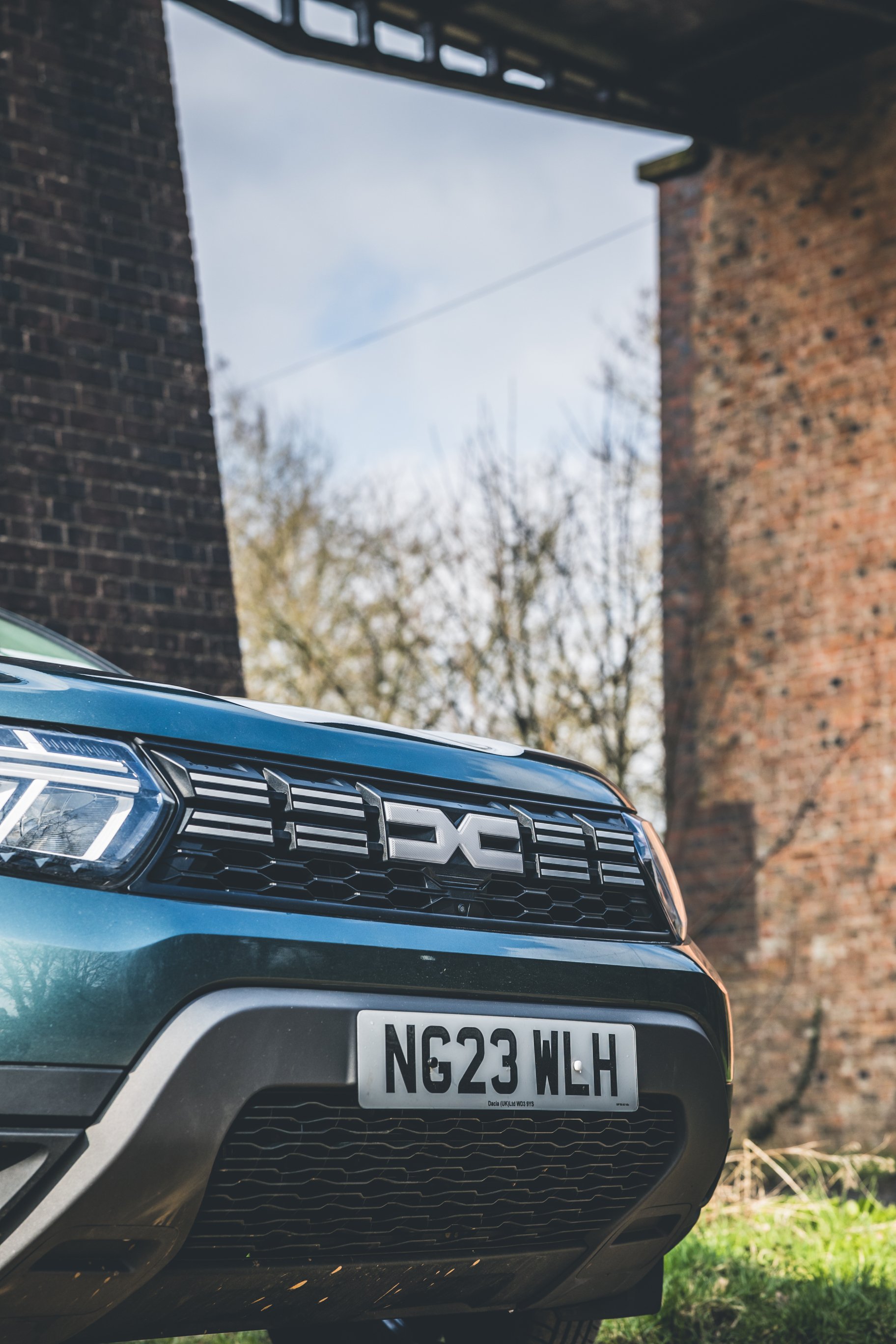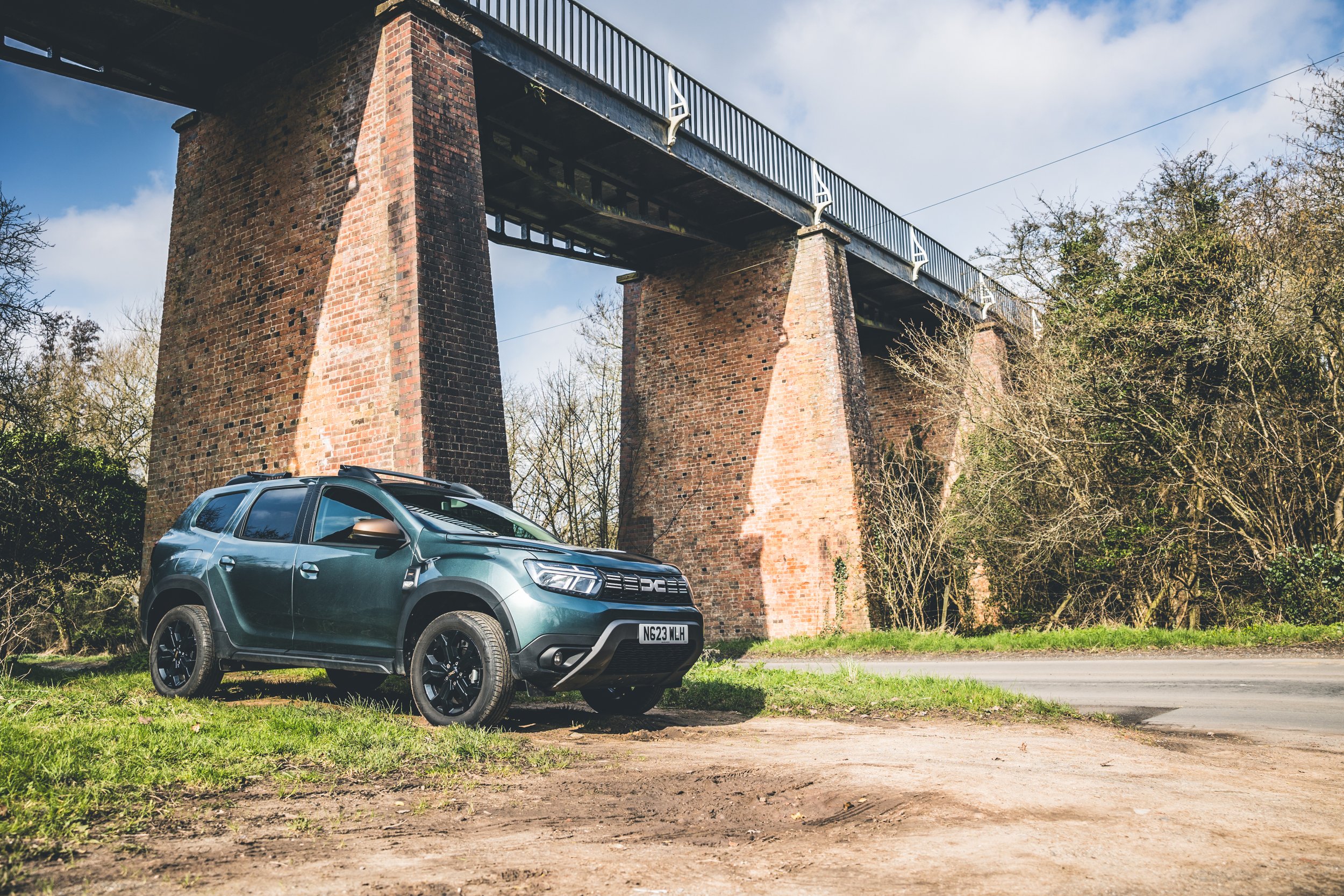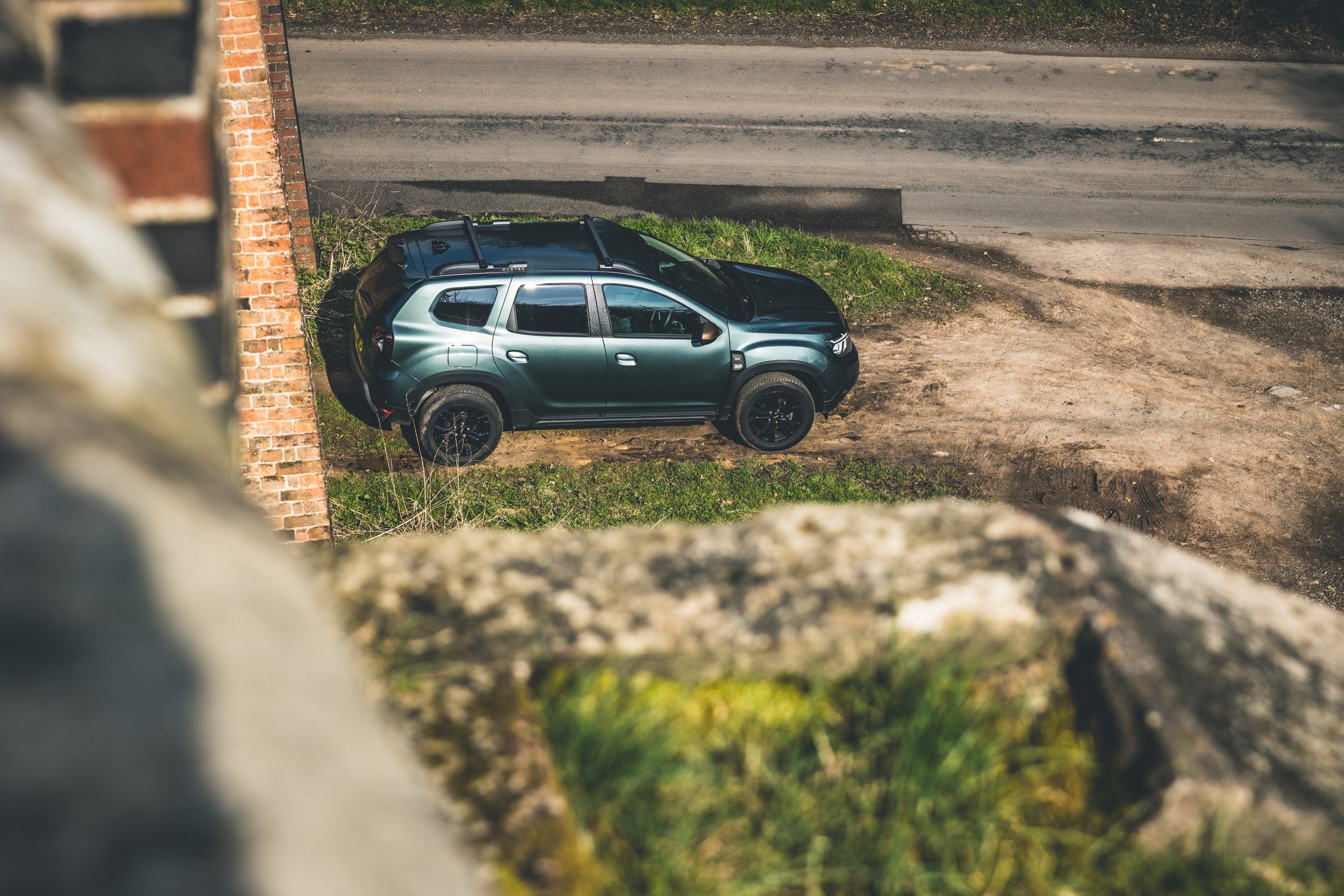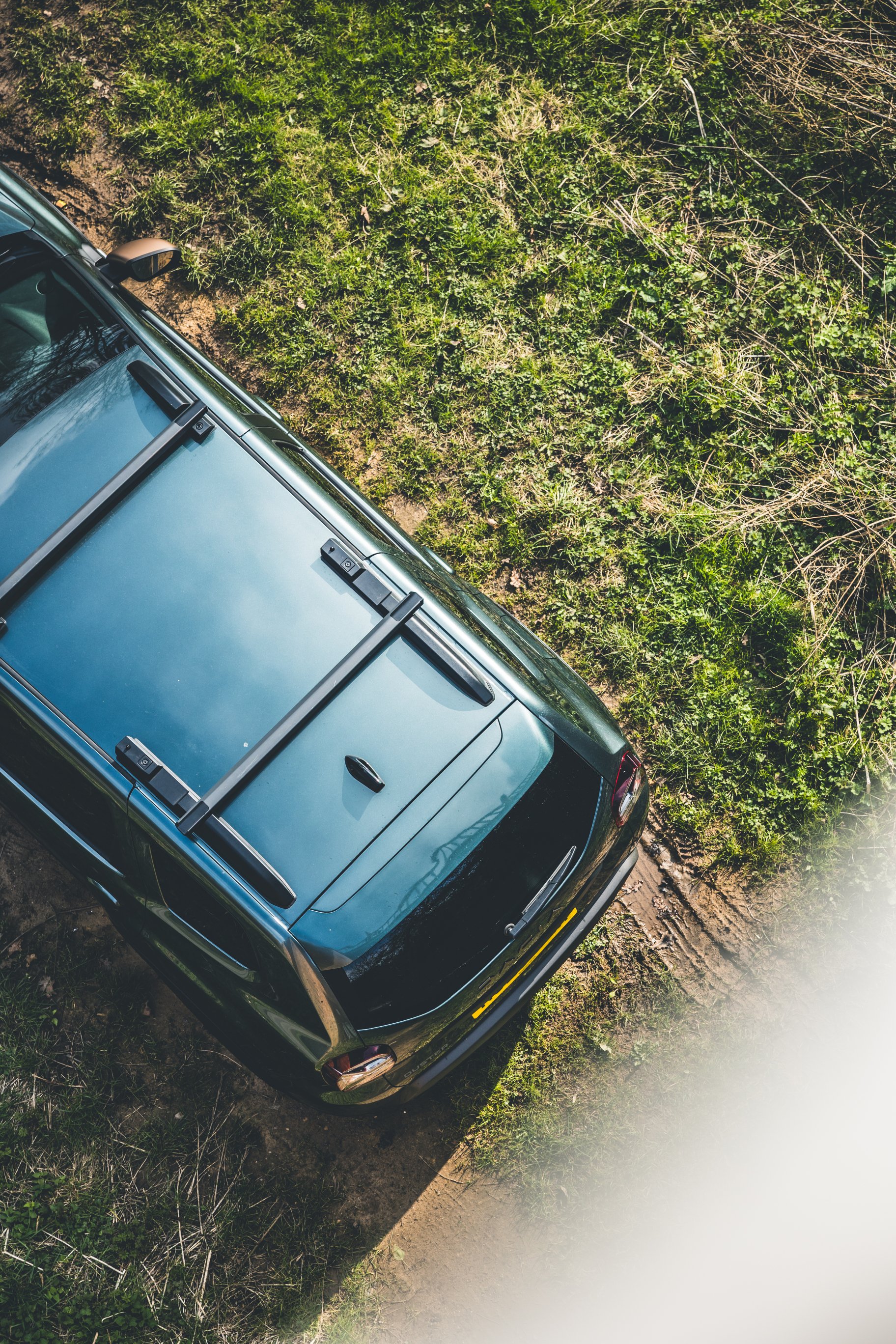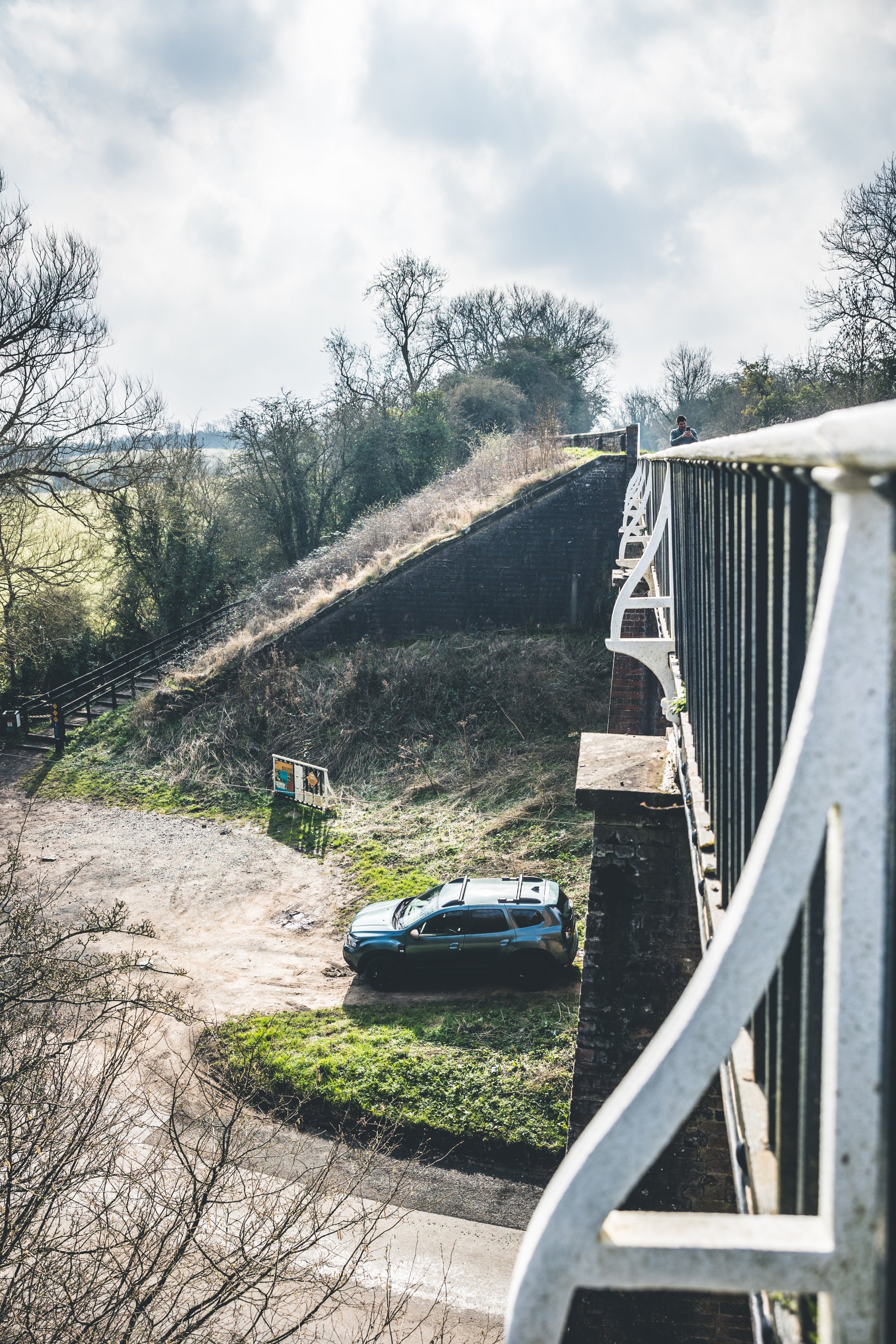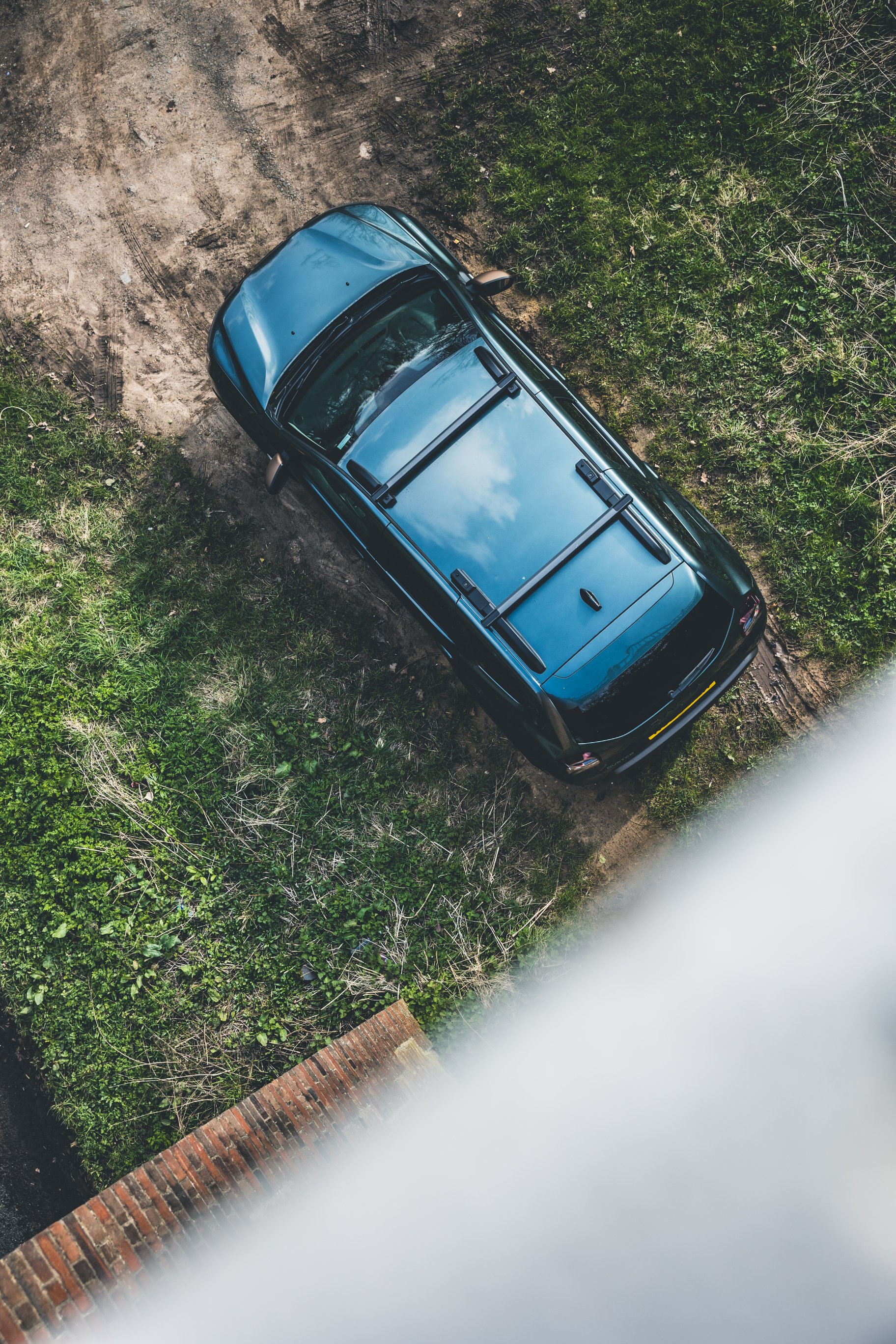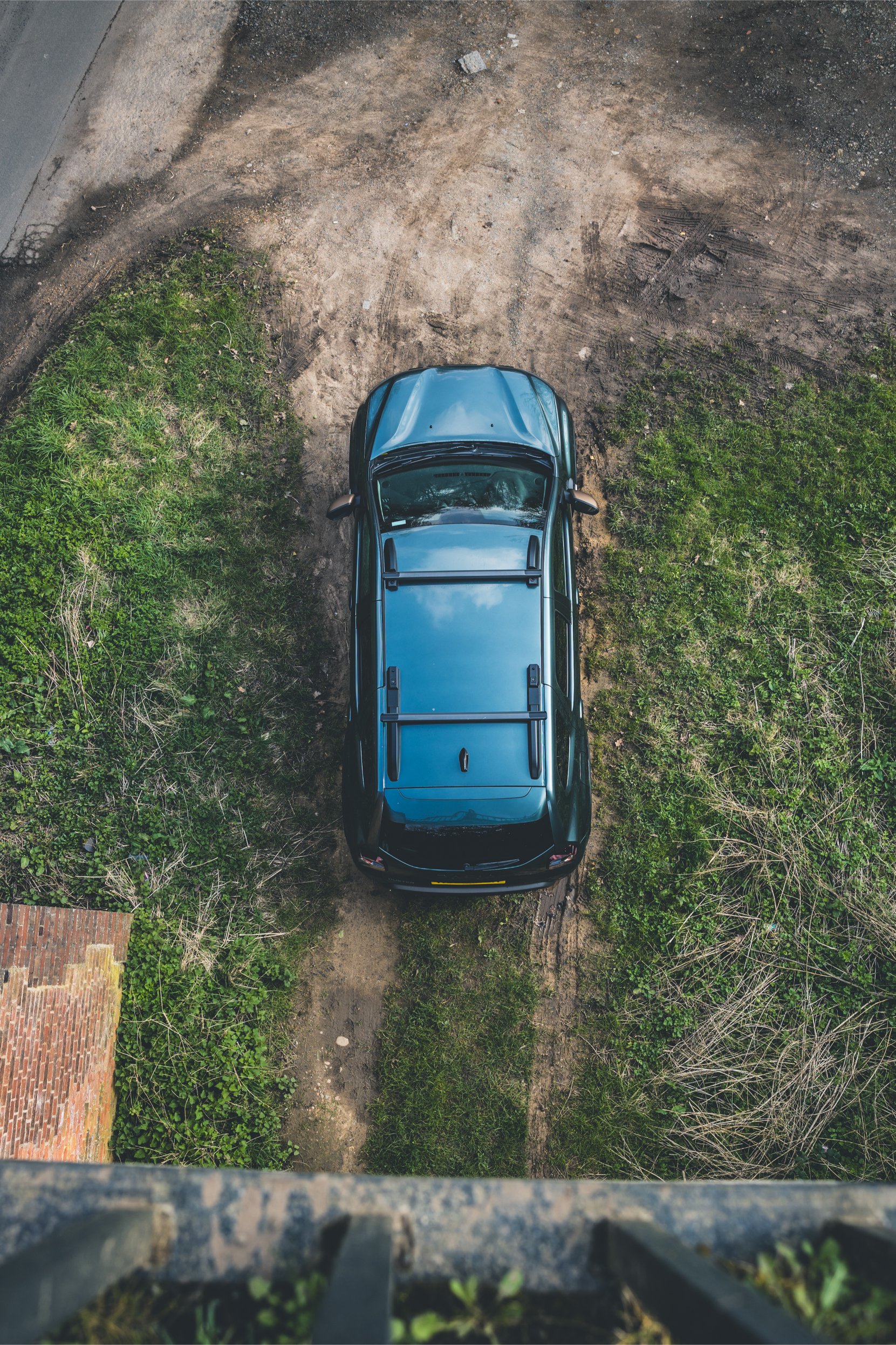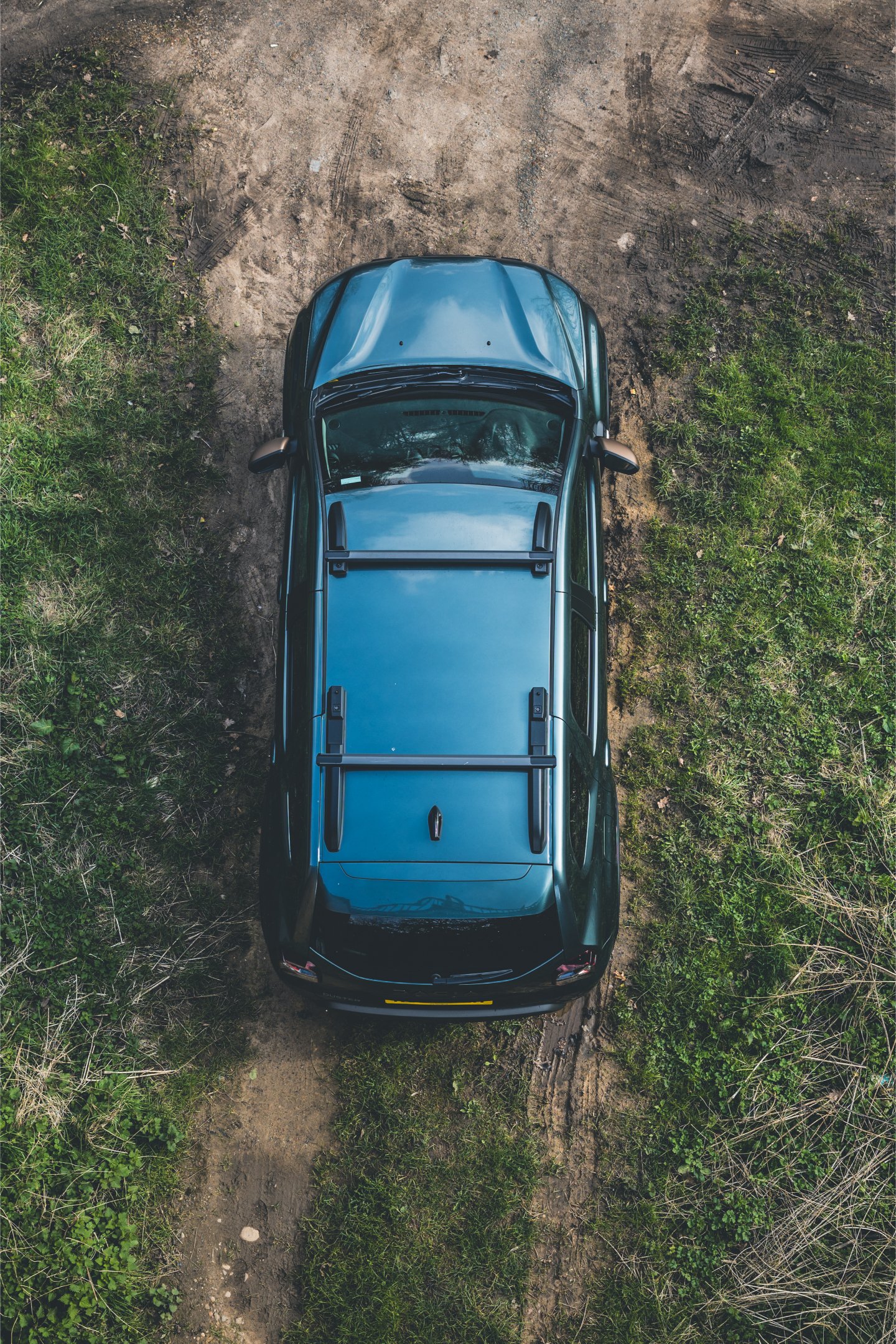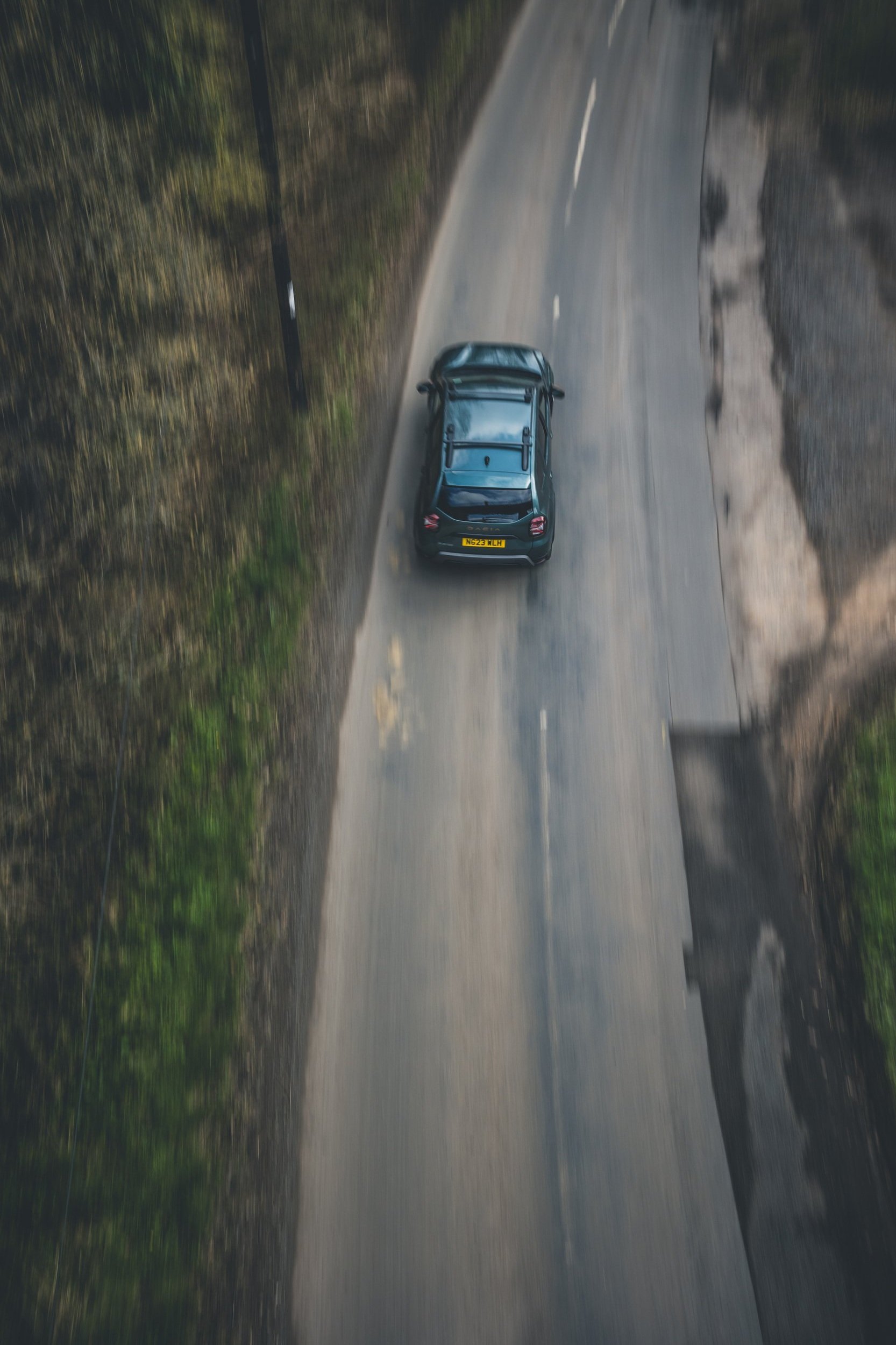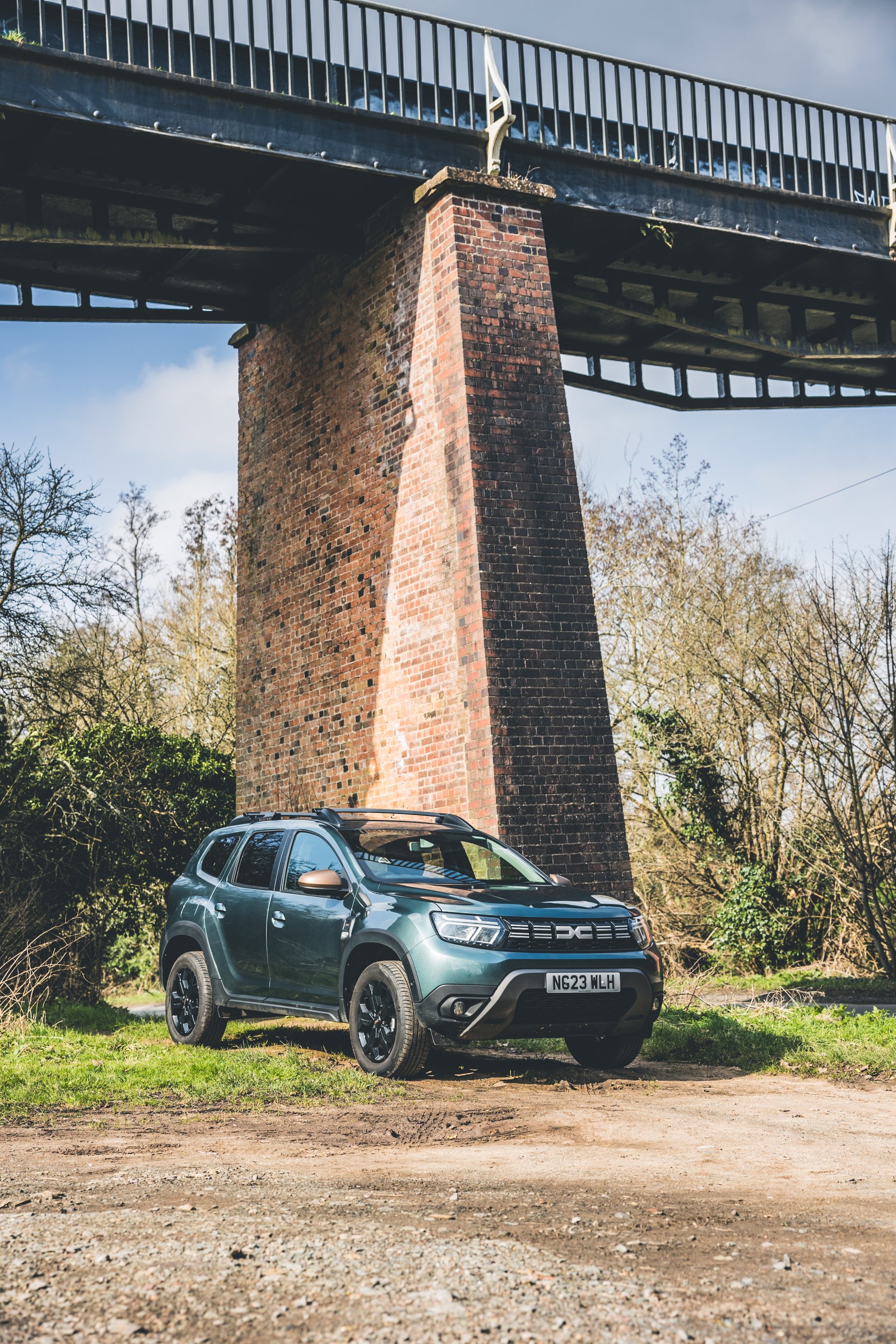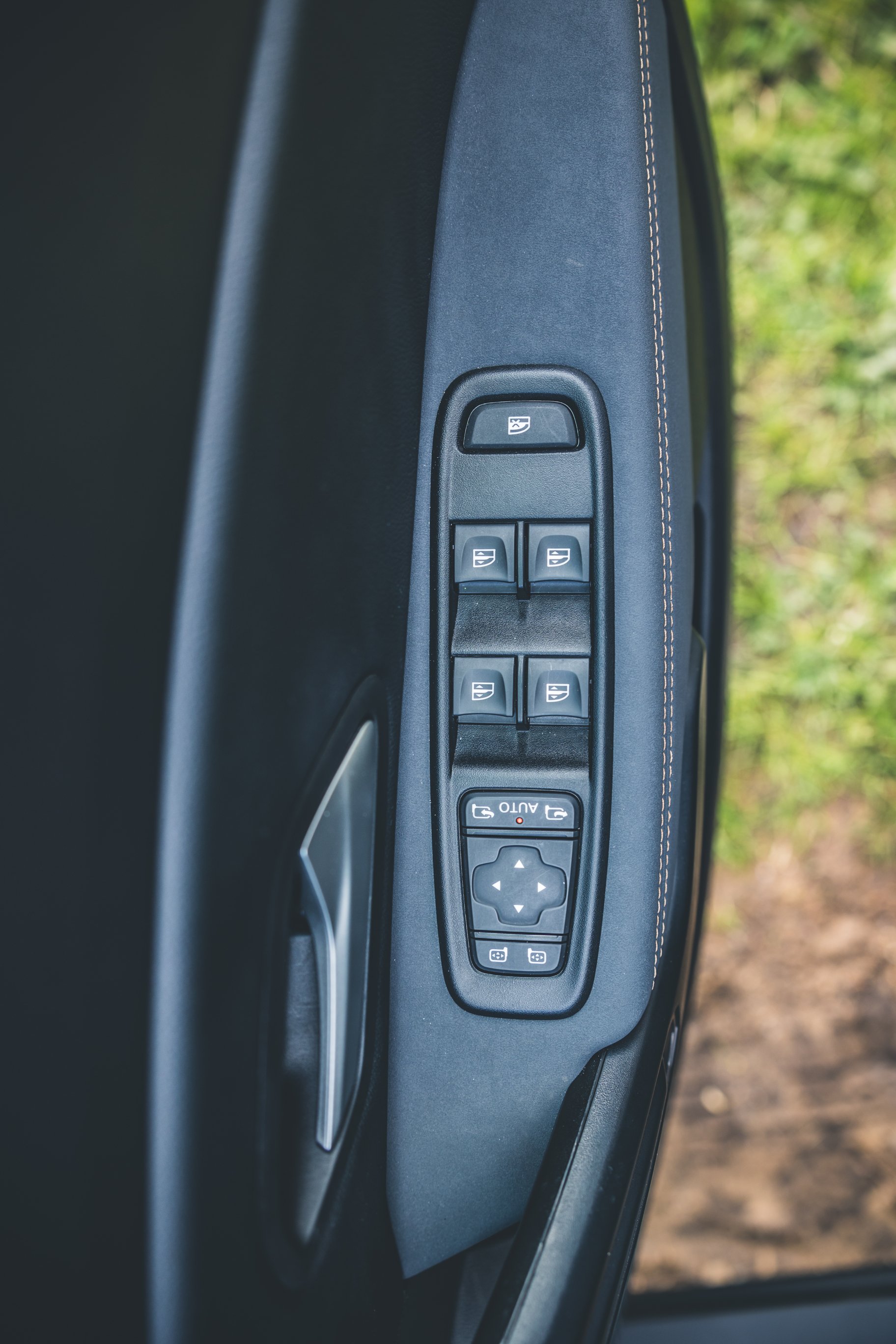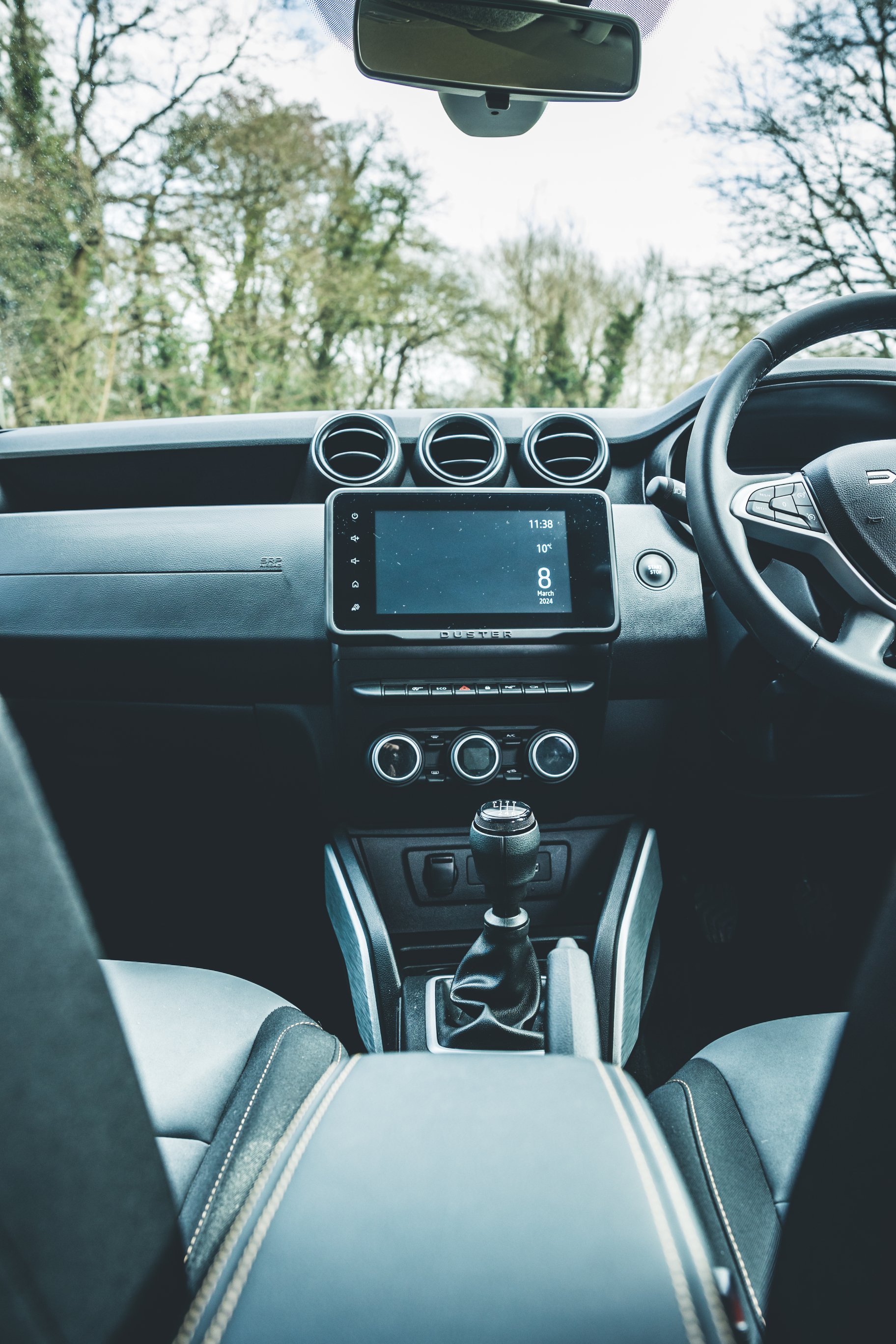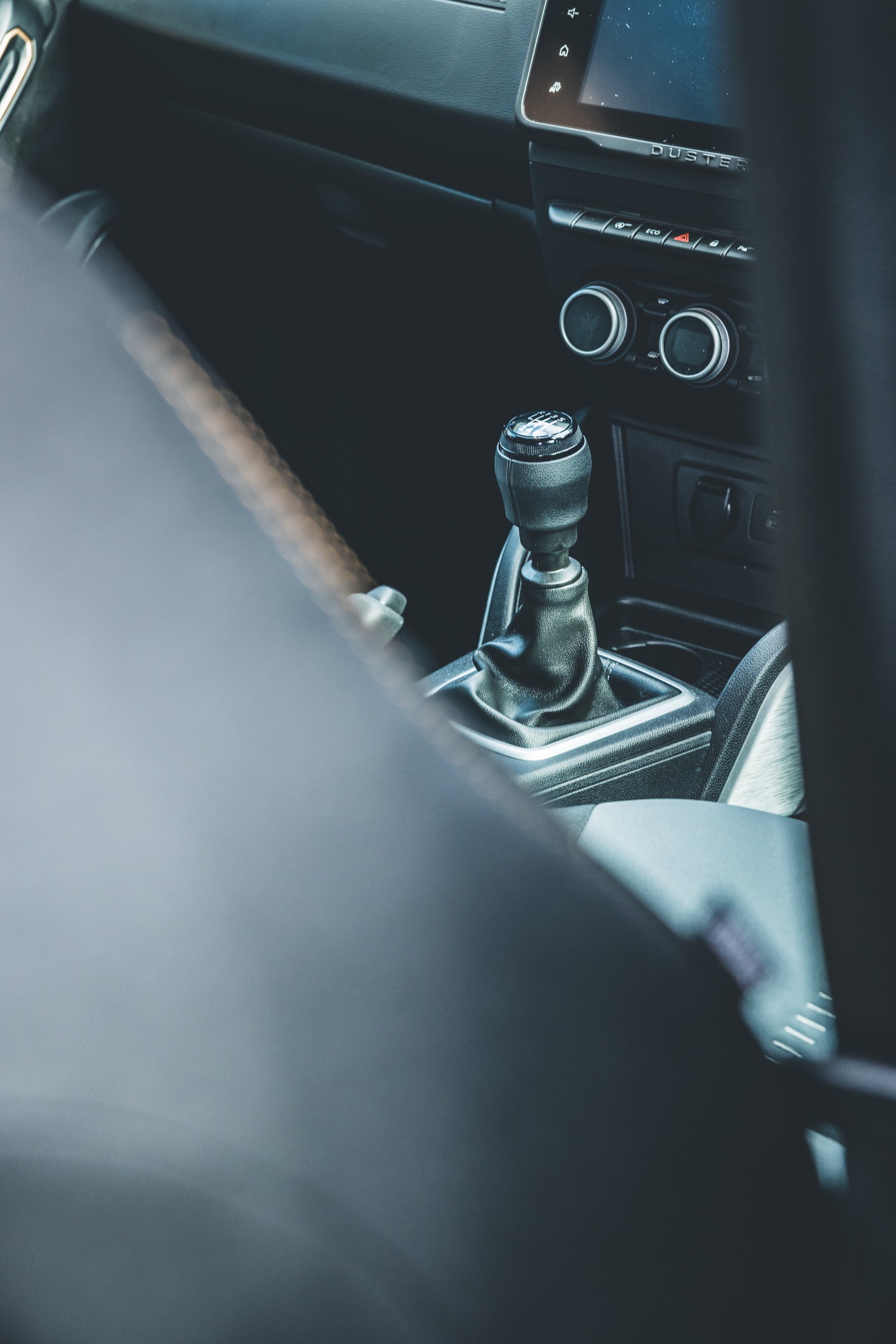Dacia Duster Bi-Fuel Review | 730 miles for under £100
The world is an interesting place at the moment, certainly for transportation - let's use boats as a quick case study. When we as a species decided to start exploring the world by sea in the 1300s, we harnessed the power of wind for propulsion. As time (centuries) ticked on, we later figured out how to get moving with the help of steam and then, later, heavy oils. Now, approximately 700 years later, and since the discovery of propulsion by everything from basic diesel to nuclear steam turbine technology, large shipping companies are considering turning back the clocks and adapting their fleet of globe-conquering vessels to, yep, you guessed it, wind power.
Boats are not the only mode of transportation to experience powertrain and fuel change cycles with time. For example, I'm probably not the first writer to inform you that the first cars on the road back in the 1820s were mostly EVs. But what's happening now in the world of new cars is genuinely intriguing. The shift from heavy oil to wind power on boats is a logical and environmentally conscious move. However, transitioning from ICE to EV in cars is a little more complex in terms of working out the environmental benefits. Interestingly, since the 1940s, another option beyond petrol and diesel has been available to us: LPG. For some reason, though, it's falling by the wayside.
LPG (Liquid Petroleum Gas) burns like petrol in a conventional petrol engine but often at a higher octane rating. While it's not free of hydrocarbons, it reduces smoke emissions, increases fuel economy, and is significantly cheaper to produce than conventional petrol, making it a very appealing alternative for motorists. Most drivers will be aware of LPG, having seen conversions on older cars (usually fuel-thirsty petrol V8s and V12s), but Dacia is reminding us that it still has a place in new vehicles, too.
The Dacia Duster Bi-fuel has a conventional 1-litre petrol engine and a familiar 50L petrol fuel tank under the chassis. In the boot, in place of a spare wheel, is an additional 34L LPG gas tank, which feeds gas to the fuel injection system in place of petrol. The car starts on petrol and then switches to the more economical LPG soon after. Once the LPG tank empties, the fuel injection system switches seamlessly to petrol and runs on unleaded fuel for as long as needed.
Bi-fuel is most advantageous for a small car like the Duster in terms of cost. At the time of writing, filling the petrol tank costs £70.00, and filling the LPG tank costs £26.86—totalling £96.86. What you get in return for your £96 is a total combined range of 730 miles, which is worth celebrating, especially when you factor in the price of the car.
The Dacia Duster Extreme (TCe 100 4x2 Bi-Fuel) that I have on test has an on-the-road retail price tag of £20,945, which is pretty remarkable in terms of new cars, specifically small SUVs. Being the 'Extreme' model, it is also packed with safety, comfort and practicality features as standard, including front and side airbags, cruise control and speed limiter, multiview cameras, rear parking sensors, blind spot warning, keyless entry, automatic A/C, smartphone connectivity (Apple Car Play / Android Auto), hill-start assist, electric windows, electric folding mirrors, automatic wipers, front fog lights, daytime running lights and heated seats all included in the £20k price tag.
With the latest Duster, Dacia is once again proving that affordable doesn't necessarily need to mean basic, and thanks to the updated design language, the brand snobbery that existed for some a decade ago is all but gone with many (including me) referring to the Duster as a good looking car. Dacia also offers the Duster Extreme with an online PCP rate of 4.9%, meaning that a deposit of £5,000 and an agreed annual mileage of 10,000 over 24 months will result in a PCP deal setting you back just £156.00 per month.*
(*Finance is subject to application, and individual rates, monthly prices, and payments may differ depending on your personal credit profile.)
From a driving perspective, there isn't really anything to grumble about; the Duster has rightfully carved its own canyon of reliability and practicality reputations since its launch in 2010. Explore any town or city in Europe, and you'll see a collection of Dacia Dusters doing what they do best. This popularity isn't a result of flashy ad campaigns, movie product placements or social influencers being paid to shout about how brilliant the cars are; it's come as a result of simply being a great little car with a sensible price tag.
The fact that a Dacia Duster is available as a Bi-Fuel option makes me wonder why other manufacturers aren't exploring this option more, especially when you work through the financial implications of both buying and running the car. It also makes me wonder if the government-led drive to switch from ICE to EV is being rushed before an infrastructure is totally ready. I have no personal disdain for small EV SUVs; however, you'll struggle to find one for £20,000, and I'll eat my hat if you can find one that'll comfortably reward 730 miles of range from one charge any time soon. Unfortunately, though, it's not all good news. The sad and unfortunate truth is that LPG fuel stations are becoming fewer and farther between.
There are currently around 1800 LPG filling stations on the UK road network, conveniently one of which is less than a mile from the Driven office; however, for many, finding a local LPG pump is now significantly more challenging than it was 20 years ago. A recent announcement from the fuel station operator MFG confirmed that many LPG pumps on their forecourts, which operate as Shell, Esso, BP, Murco, Texaco and Jet franchises, will be removed in place of new EV charging points.
Whilst nobody can be surprised by this change in accordance with the government-led 2035 switch to EV, I can't help but feel that many will be at risk of missing out on an excellent alternative to EV, which has both a better impact on emissions and economic benefits for the consumer too.
Transportation powertrains and the fuels they provide will continue to cycle for centuries, and I've little doubt that some decisions, such as the removal of LPG tanks from forecourts, will be one that we will live to regret upon reflection.
For the fortunate drivers with an LPG station within reach, the Duster Extreme Bi-Fuel is possibly the best value motoring on offer today, and, as a car, it might be the much-needed reminder that sometimes looking back to the past can provide an excellent solution to fuels of the future.
words: John Marcar
pictures: Henry Faulkner-Smith
